Kazakhstan, the largest country in Central Asia, is home to a diverse range of birds due to its unique geographical location and varied landscapes.
From the snow-capped peaks of the Altai Mountains to the vast steppes and semi-deserts, the bird species that inhabit Kazakhstan are well-adapted to their surroundings.
Many of them can be found nowhere else in the world, making Kazakhstan an important destination for birdwatchers and ornithologists. Several of the country’s avian species are critically endangered, highlighting the need for conservation efforts to protect these fascinating creatures.
This article will provide an overview of some of the most remarkable birds found in Kazakhstan, as well as important conservation initiatives aimed at preserving their habitats.
1. Sandgrouse
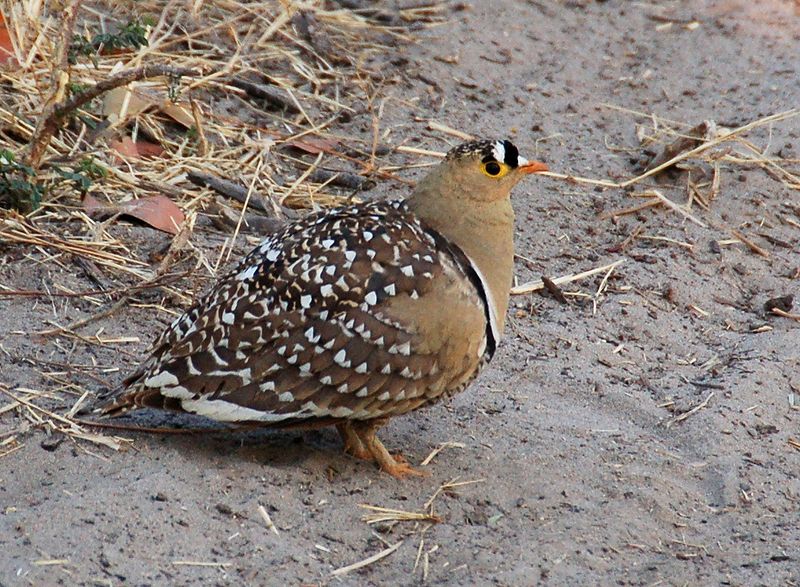
Sandgrouse is birds of the order Pterocliformes, found mainly in Africa and Asia. There are sixteen species belonging to two genera – Syrrhaptes from central Asia and Pterocles from Africa and other Asian countries.
They inhabit treeless areas such as deserts, steppes, scrubland, or savannas and tend to be ground-dwelling birds that feed on seeds.
Sandgrouse has adapted special features for survival in their harsh environment.
They possess well-developed feet with four toes used for walking over hot sand while keeping their body temperature cool at all times by regulating heat loss through their legs.
Their feathers also act like a sponge helping them absorb water before flying long distances back home where they then expel it using specialized glandular secretions located near the wings so that chicks can drink directly from an adult’s breast plumage.Scientific classification:
| Kingdom | Animalia |
| Phylum | Chordata |
| Class | Aves |
| Clade | Columbimorphae |
| Order | Pterocliformes Huxley, 1868 |
| Family | Pteroclidae Bonaparte, 1831 |
Also Featured In: Most Common Birds in China, Common Algerian Birds
2. Stilts And Avocets
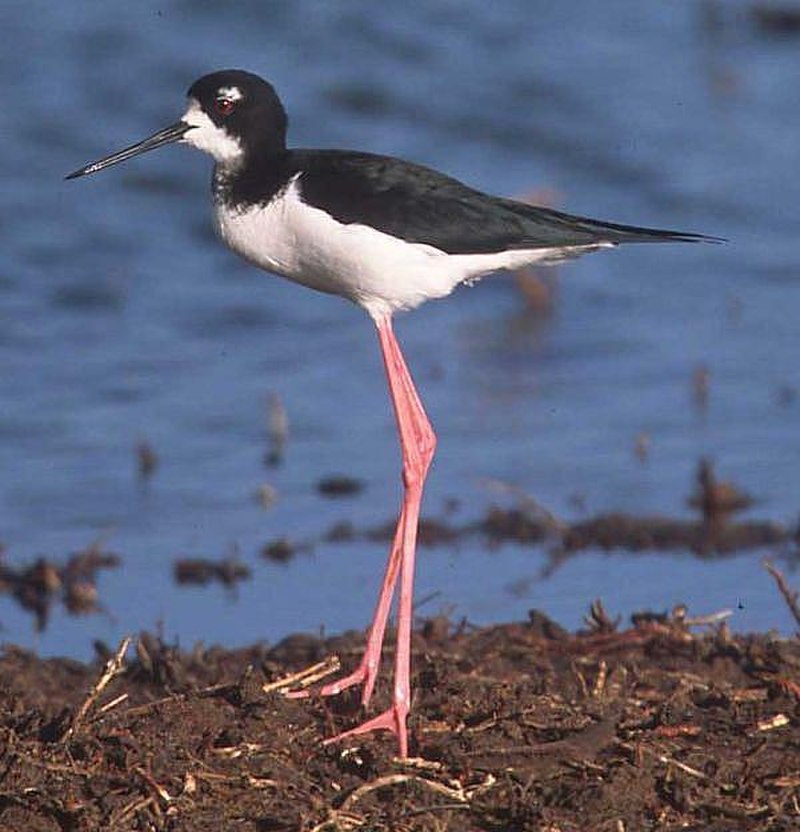
Stilts and avocets are two distinct groups of birds belonging to the family Recurvirostridae. They range in length from 30-46 cm (12-18 inches) and weigh between 140 – 435 g (4.9 – 15.3 ounces).
Males usually have slightly larger bodies than females, with long thin legs, necks and bills.
Avocet bills curve upwards uniquely while stilt beaks remain straight most times.
These wading birds live mainly near shorelines or wetlands where they feed on aquatic invertebrates like brine shrimp, insects etc., occasionally supplementing their diet with seeds or small fish too.
Stilts also inhabit open fields in search of food sources such as earthworms or grasshoppers during the non-breeding season.
Both groups migrate over large distances for warmer weathers when it gets cold outside.Scientific classification:
| Kingdom | Animalia |
| Phylum | Chordata |
| Class | Aves |
| Order | Charadriiformes |
| Suborder | Charadrii |
| Family | Recurvirostridae Bonaparte, 1854 |
Also Featured In: Birds of Sweden, Bulgarian Birds
3. Glareolidae
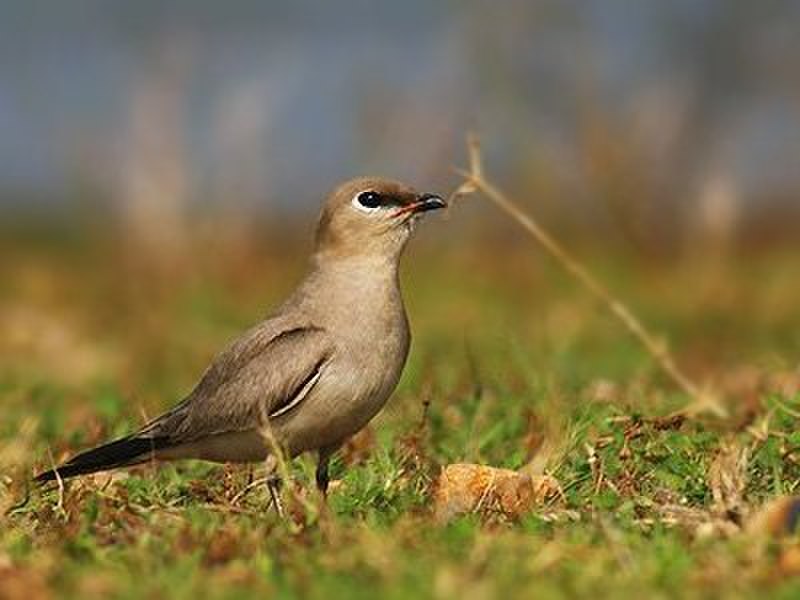
Glareolidae is a family of wading birds, consisting of four genera and 17 species. They are distinguished from other charadrii by their long bills which have a slight downward curve.
Glareolidae live around open grasslands and deserts, where they hunt for insects using the bill to probe into soil or vegetation.
Most species are found in Africa but two pratincoles inhabit parts of Europe and Asia as well.
Coursers tend to be larger than pratincoles with longer legs allowing them to run quickly across sandy dunes while feeding on small animals like lizards or spiders.
Pratincoles feed mainly on flying insects, snatching them out of midair with great agility during flight.
All glareolids share unique features such as large eyes that help it spot prey at night easily making this group one interesting bird family.Scientific classification:
| Kingdom | Animalia |
| Phylum | Chordata |
| Class | Aves |
| Order | Charadriiformes |
| Suborder | Lari |
| Family | Glareolidae CL Brehm, 1831 |
Also Featured In: Most Common Romanian Birds, Syrian Birds You Need to Know
4. Saker Falcon
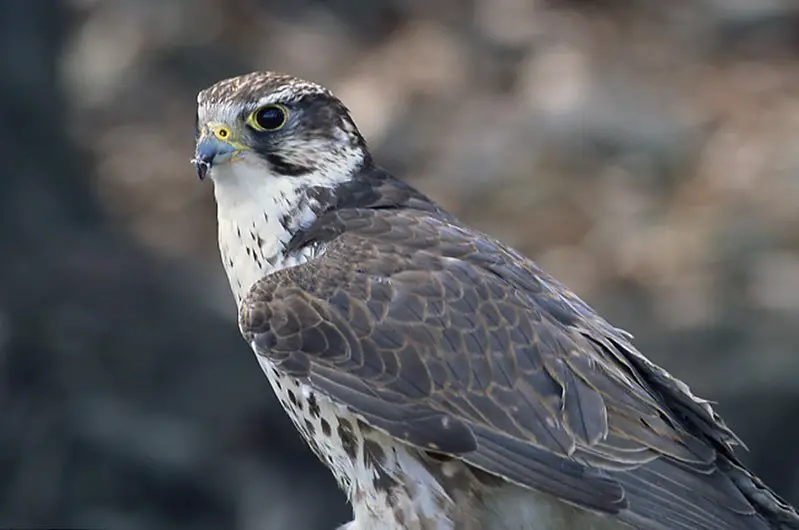
The saker falcon is a large species of falcon that is found across the Palearctic from central Europe all the way to Manchuria.
It typically migrates, except for in southern parts of its range where it winters in Ethiopia, Arabia, northern Pakistan and China.
This majestic bird has been designated as the national bird of Hungary, United Arab Emirates and Mongolia due to its beauty and gracefulness.
Its plumage can be brownish-grey or light grey with dark spots while they have bright yellow eyes which contrast their feathers beautifully.
They are also quite agile when flying at high speeds with wingspan ranging between 1-1.5 m long – perfect for soaring.Scientific classification:
| Kingdom | Animalia |
| Phylum | Chordata |
| Class | Aves |
| Order | Falconiformes |
| Family | Falconidae |
| Genus | Falco |
| Subgenus | Hierofalco |
| Species | F. cherrug |
Also Featured In: Ukrainian Birds You Should Know, Birds Found in Hungary
5. Golden Eagle
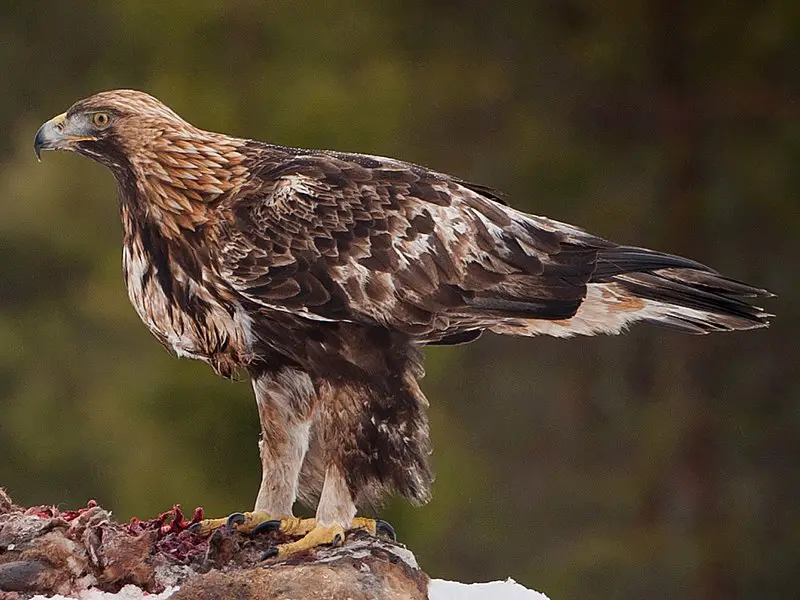
The Golden Eagle is an iconic bird of prey found throughout the northern hemisphere. It is a large, powerful raptor with dark brown feathers and lighter golden-brown plumage on its nape.
Immature eagles have white patches around their beaks, tails and wings which they lose as they mature.
Its diet consists mostly of small mammals such as rabbits, hares and marmots but can also include birds or reptiles depending on where it lives.
These majestic creatures are known for their remarkable strength in flight; using thermal updrafts to soar high into the sky searching for food or simply enjoying the view below them.
They are often seen soaring alone over open expanses looking out for potential threats from other predators like wolves or foxes that may encroach upon their territory.Scientific classification:
| Kingdom | Animalia |
| Phylum | Chordata |
| Class | Aves |
| Order | Accipitriformes |
| Family | Accipitridae |
| Genus | Aquila |
| Species | A. chrysaetos |
Also Featured In: Birds That Live in Colorado, Birds that Live in the Deserts
6. Bustard
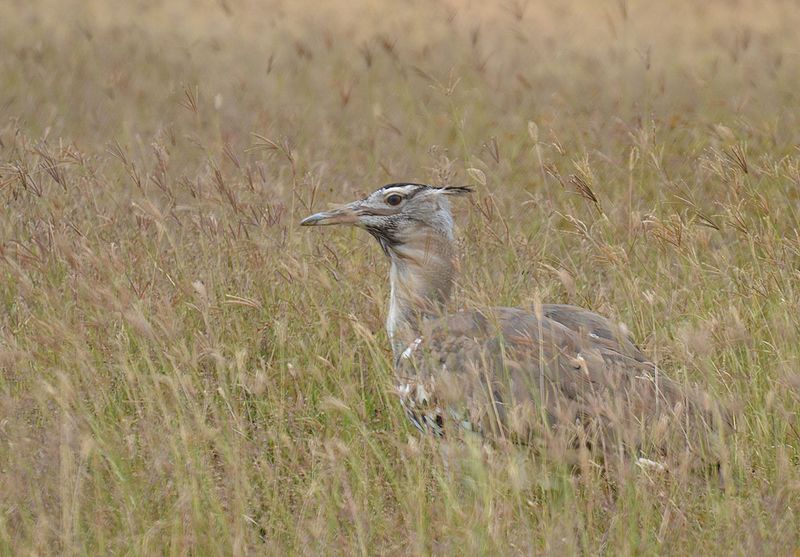
Bustards are large, terrestrial birds that inhabit dry grassland areas and the steppes of the Old World. They range from 40-150 cm in length and belong to the family Otididae.
Bustards have an omnivorous diet consisting of leaves, buds, seeds, fruit as well as small vertebrates and invertebrates.
These birds usually live a solitary life but can be seen gathering around water sources or food during certain times of year such as mating season.
Due to their large size they are vulnerable to predation by foxes or other animals which is why they tend to remain alert at all times.
When in open spaces while relying on camouflage for protection against predators when out in tall vegetation coverings.Scientific classification:
| Kingdom | Animalia |
| Phylum | Chordata |
| Class | Aves |
| Clade | Otidimorphae |
| Order | Otidiformes Wagler, 1830 |
| Family | Otididae Rafinesque, 1815 |
Also Featured In: Common Birds in India, Birds That Live in Iraq
7. Thrush
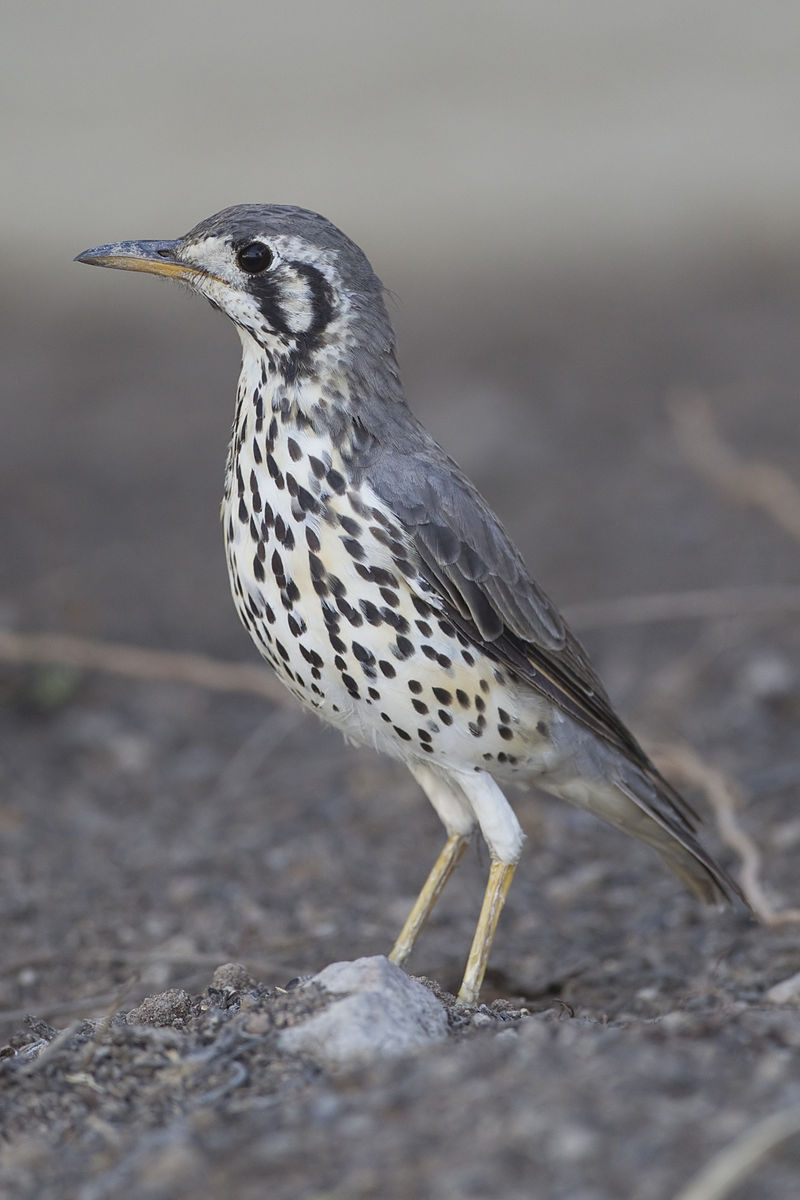
Thrushes are small to medium-sized birds belonging to the Turdidae family, and found all over the world. They live on or near the ground and feed on insects, other invertebrates and fruit.
Their feathers range from greyish browns to deep blues in colour with spotted wings that help them blend into their natural habitats such as forests, woodlands and shrubs.
Thrushes have distinctive songs which they sing during spring mating season; many species also perform complex flight displays for courtship rituals.
These birds may be solitary creatures but can often be seen foraging together in groups or pairs when searching for food sources like worms, snails or berries.
A healthy thrush population is an indication of a balanced environment since they require clean water sources as well as plenty of vegetation cover – making them important indicators of ecosystem health worldwide.Scientific classification:
| Kingdom | Animalia |
| Phylum | Chordata |
| Class | Aves |
| Order | Passeriformes |
| Suborder | Passeri |
| Family | Turdidae Rafinesque, 1815 |
Also Featured In: Most Common Songs Birds that Live around You, Common Denmark Birds
8. Indian Paradise Flycatcher
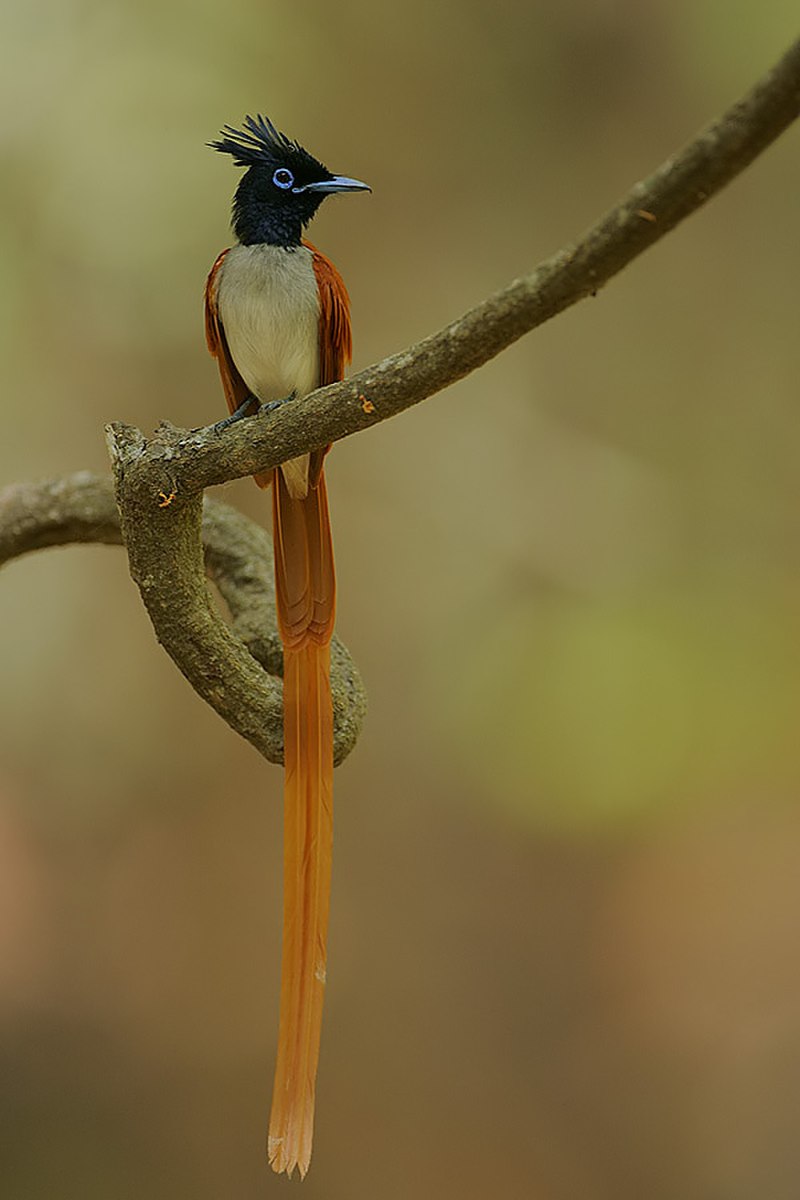
The Indian paradise flycatcher is a beautiful bird native to Asia. It has an overall black and rufous plumage, but the males have elongated central tail feathers that really stand out.
This species is considered stable globally, so it is listed as Least Concern on IUCN’s Red List of Threatened Species.
The range of this passerine extends from India in the South Asian subcontinent all the way up to Central Asia and Myanmar.
Despite its beauty, sadly these birds are also threatened by loss of habitat due to urbanization and deforestation caused by humans- we must do our best to protect them.Scientific classification:
| Kingdom | Animalia |
| Phylum | Chordata |
| Class | Aves |
| Order | Passeriformes |
| Family | Monarchidae |
| Genus | Terpsiphone |
| Species | T. paradisi |
Also Featured In: Native Pakistani Birds, Black And White Birds You Don’t Know About
9. MacQueen’s Bustard
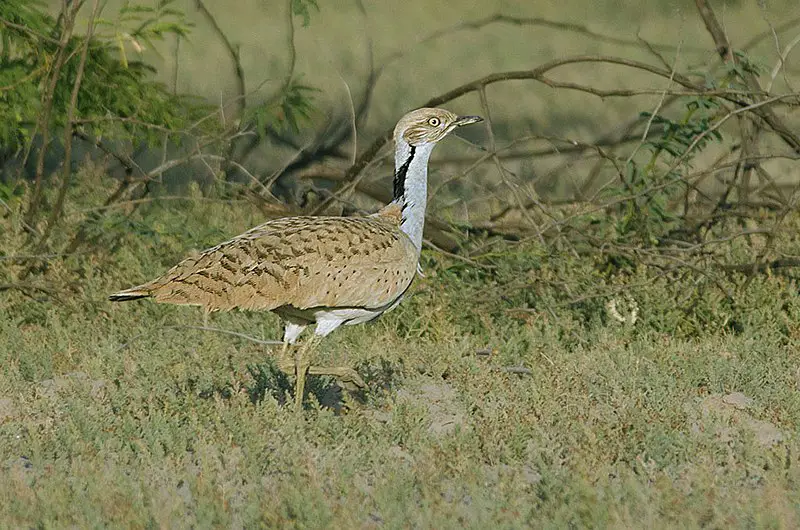
MacQueen’s bustard is a large bird in the bustard family, native to desert and steppe regions of Asia. This species was once seen as far west as Great Britain but has since declined by 20-50% due to hunting and changes in land use.
Its loss has caused concern among conservationists, with some even considering it endangered. It typically lives on dry plains or semi-desert areas where there are low shrubs for cover from predators such as foxes or eagles.
The MacQueen’s Bustard feeds mainly on insects like grasshoppers, spiders and beetles which they find amongst vegetation like shortgrass prairies or agricultural fields.
They also eat small mammals when available during winter months; however this does not make up their primary diet year round.
To protect them from further decline we must work together to reduce hunting pressures and conserve habitat so that these birds can continue living wild into future generations.Scientific classification:
| Kingdom | Animalia |
| Phylum | Chordata |
| Class | Aves |
| Order | Otidiformes |
| Family | Otididae |
| Genus | Chlamydotis |
| Species | C. macqueenii |
10. Shorebirds
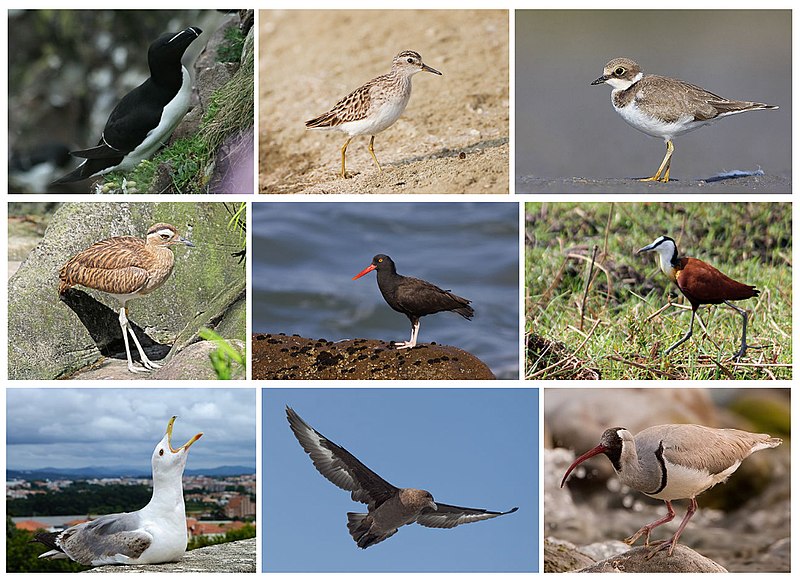
Shorebirds, a diverse group of birds in the Charadriiformes order, are found near water on every continent except Antarctica.
These small to medium-sized birds feed mainly on invertebrates and other small animals but can also be pelagic seabirds or inhabit deserts.
Shorebirds use their long bills to probe mudflats for food like worms and mollusks while some species plunge into the ocean’s depths in search of crustaceans such as crabs and shrimp.
They have strong legs equipped with webbed feet which allow them to move quickly when searching for prey across wetlands, sandbars, beaches and swamps.
Their feathers make them well adapted to life by land or sea due to its hydrophobic nature which helps reduce drag during swimming or flying through windy conditions making it easier for shorebirds survive tough environments around the world.Scientific classification:
| Kingdom | Animalia |
| Phylum | Chordata |
| Class | Aves |
| Infraclass | Neognathae |
| Clade | Neoaves |
| Clade | Gruimorphae |
| Order | Charadriiformes Huxley, 1867 |
Also Featured In: Beautiful Brazilian Birds, Water Birds Live around Us
11. Stone-Curlew

Stone-curlews, also known as dikkops or thick-knees, are a family of birds that have adapted to live in tropical and temperate regions throughout the world.
They can be found in Africa, Asia and Australia with two or more species per region. Despite being classified as waders, most prefer dry arid habitats over moist wetlands.
Stone-curlews typically have long legs which help them navigate through their preferred terrain efficiently; some species even stand at an impressive height when standing on those long legs.
Additionally they feature cryptic plumage which helps them blend into their surroundings while hunting for prey such as insects and small mammals like rodents.
These unique bird’s calls are easily recognizable; it has been said that hearing one is similar to listening to someone whistling ‘Keee Weee’.Scientific classification:
| Kingdom | Animalia |
| Phylum | Chordata |
| Class | Aves |
| Order | Charadriiformes |
| Suborder | Chionidi |
| Family | Burhinidae Mathews, 1912 |
Also Featured In: Belarus Birds You Should Know, Lebanon Birds Live in Semi-Desert Areas
12. Bee-Eater

Bee-eaters are one of the most beautiful and vibrant birds in existence. They have a slender body, long wings, down turned bills and their signature elongated central tail feathers which make them instantly recognizable from afar.
Their plumage is incredibly colorful with many shades ranging from blues to greens to reds that glisten when they fly through the air.
These stunning creatures can be found all over Africa, Asia, Southern Europe, Australia and New Guinea where they feed mainly on bees but also other insects like flies or wasps as well as small mammals such as lizards or rodents.
Bee-eaters live in colonies near rivers or wetlands so that they may easily hunt for food while staying close together for safety purposes.
Additionally it allows them to better display their impressive courtship dances during mating season.Scientific classification:
| Kingdom | Animalia |
| Phylum | Chordata |
| Class | Aves |
| Order | Coraciiformes |
| Family | Meropidae Rafinesque, 1815 |
Also Featured In: Common Nigerian Birds, Common Serbian Birds
13. Red-Breasted Goose
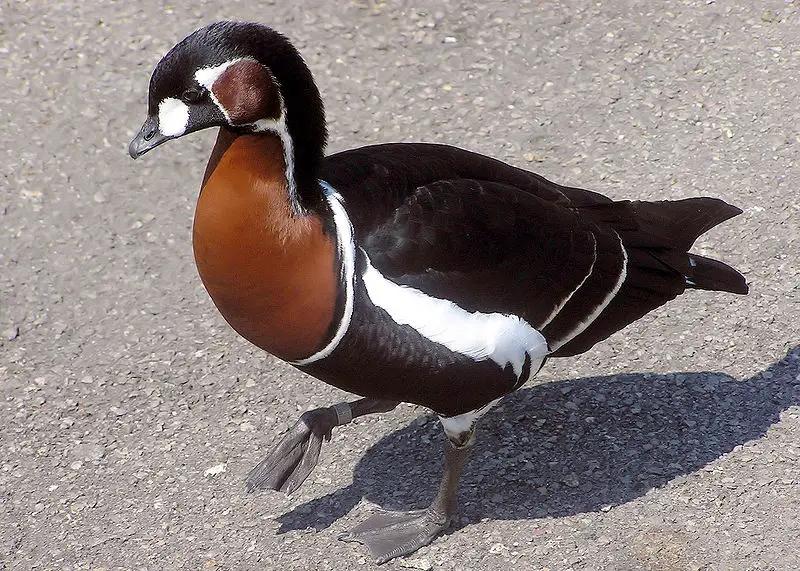
The Red-breasted Goose is a stunning bird that can often be found in Eurasia. It has bright red markings on its chest, neck and head which makes it stand out from other geese species.
The IUCN currently classifies the Red-breasted Goose as vulnerable due to population decline over recent years.
Although some authorities place this goose into its own genus Rufibrenta, most still believe it belongs within Branta bernicla due to similar structure and behaviour of both species.
To help protect this beautiful bird, conservationists are working hard to improve their habitats for breeding so that populations can continue flourishing in future generations.Scientific classification:
| Kingdom | Animalia |
| Phylum | Chordata |
| Class | Aves |
| Order | Anseriformes |
| Family | Anatidae |
| Genus | Branta |
| Species | B. ruficollis |
Also Featured In: Russian Birds, European Birds
14. Pallas’s Fish Eagle
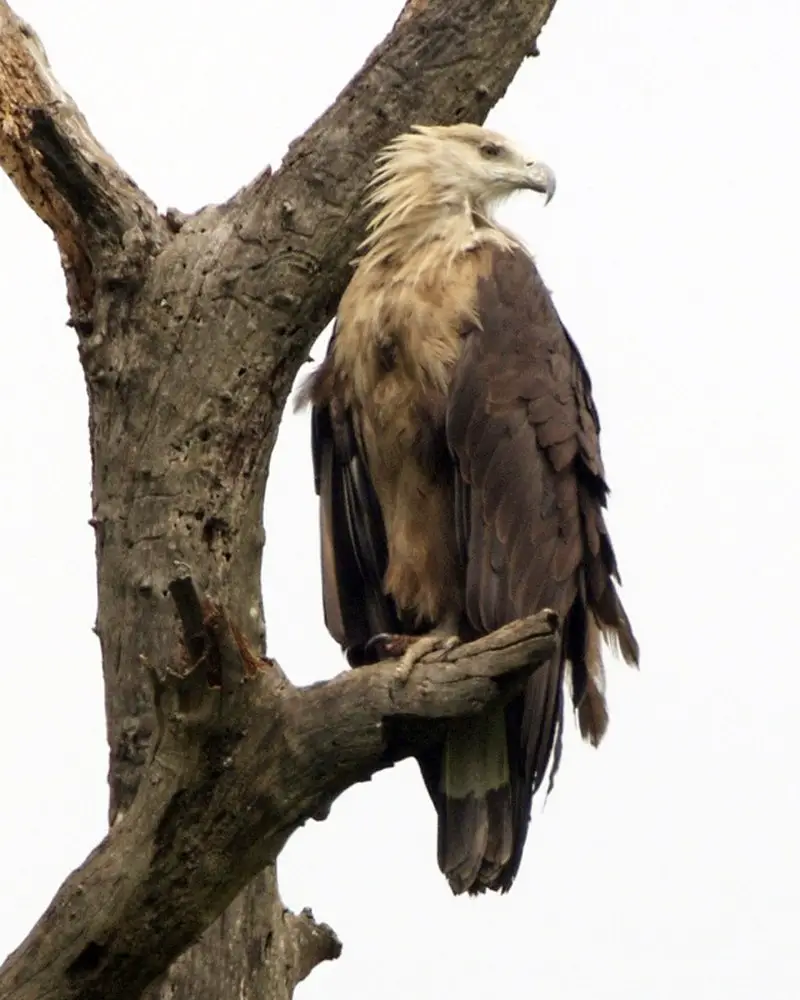
Pallas’s fish eagle is a majestic bird that breeds in east Palearctic. It has a brownish colour and is classified as Endangered on the IUCN Red List due to its decreasing population.
It migrates partially, with Central Asian birds flying south during winter months for food.
This species feeds mainly on fish which it catches near riverbanks or coasts using its sharp talons and powerful wingspan of over six feet.
Although they are difficult to spot due to their elusive nature, Pallas’s Fish Eagle remains an integral part of many ecosystems across Asia where its presence helps keep other populations healthy by controlling the number of fishes available for consumption.Scientific classification:
| Kingdom | Animalia |
| Phylum | Chordata |
| Class | Aves |
| Order | Accipitriformes |
| Family | Accipitridae |
| Genus | Haliaeetus |
| Species | H. leucoryphus |
Also Featured In: Birds that Live in Uttarakhand, Birds That You’ll See in Kaziranga National Park
15. Grebes
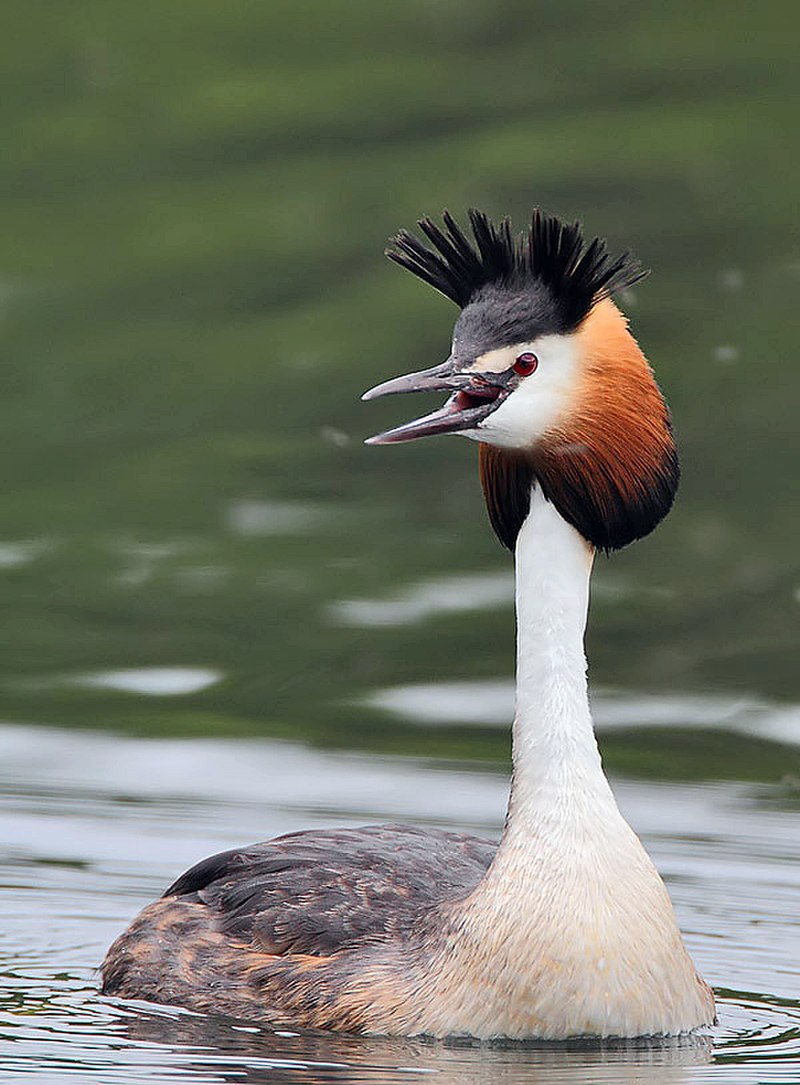
Grebes are a type of diving bird found in freshwater habitats around the world. They belong to the order Podicipediformes and have 22 species that exist across six genera.
Some species can also be found in marine environments during their migration or winter season, and some even live flightless lives on stable lakes.
Grebes vary greatly between regions; for example, they range from 4-32 inches long with anywhere from 8-30 ounces of weight depending on which species it is.
Their plumage may be black, browns/grays or whites but usually consist of bright colors such as yellows, blues and greens while underwater they use these feathers to help them streamline through the water quickly.Scientific classification:
| Kingdom | Animalia |
| Phylum | Chordata |
| Class | Aves |
| Clade | Neoaves |
| Clade | Mirandornithes |
| Order | Podicipediformes Fürbringer, 1888 |
| Family | Podicipedidae Bonaparte, 1831 |
Also Featured In: Common Birds in Japan, Birds that Live in Croatia
16. Old World Flycatchers
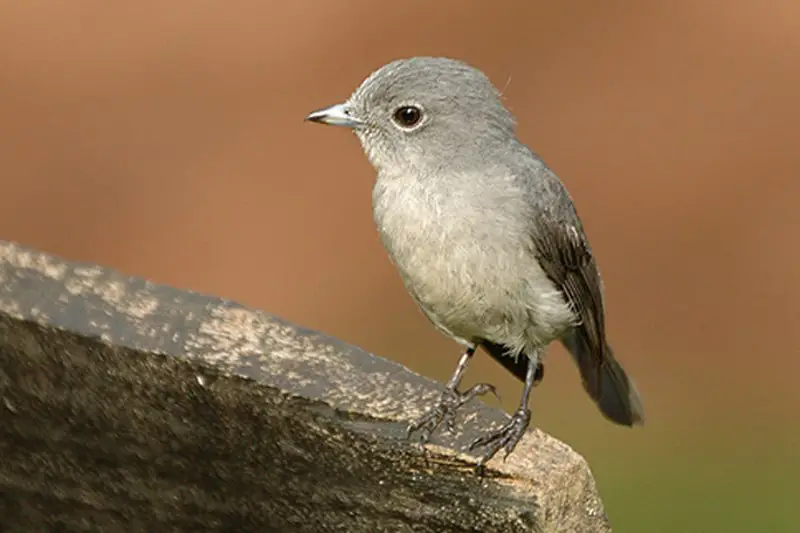
The Old World Flycatcher is a family of small passerine birds, native to Europe, Africa and Asia. They are mainly insectivorous arboreal birds that feed on insects they catch in the air or trees.
Their wingspan ranges from 5-11 inches long with males usually being slightly larger than females.
The coloration of these birds can range greatly depending on species but typically have dull greyish brown upperparts and pale undersides which help them blend into their environment for hunting purposes.
Bluethroat (Luscinia svecica) and Northern Wheatear (Oenanthe oenanthe) are two exceptions as they can be found in North America too.
These charming little creatures make fun additions to birdwatching lists all over the world because of their vibrant colors and interesting behaviors.Scientific classification:
| Kingdom | Animalia |
| Phylum | Chordata |
| Class | Aves |
| Order | Passeriformes |
| Superfamily | Muscicapoidea |
| Family | Muscicapidae Fleming J., 1822 |
Also Featured In: Most Common Lithuanian Birds, Birds Commonly Found in Slovenia
17. Passerine
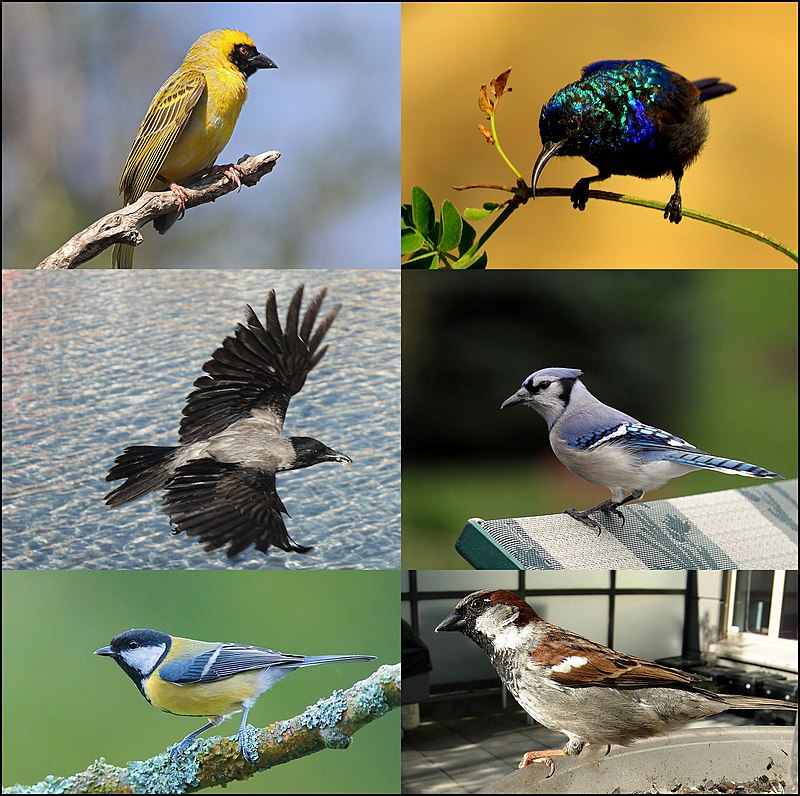
Passerines are a vast order of birds, comprising more than half the species in existence. Many familiar garden and woodland species fall into this category such as sparrows, blackbirds, finches and warblers.
They can be recognised by their arrangement of toes; three pointing forward with one back which helps them perch on branches or wires.
Passerines range from tiny wrens to large crows and have adapted to inhabit many environments around the world including forests, mountainsides and deserts.
They feed mainly on insects but some also consume fruit and seeds depending on their diet preferences.
Their diversity is truly remarkable from vibrant coloured tropical parrots to drab winter thrushes – making passerine birds an integral part of our natural heritage.Scientific classification:
| Kingdom | Animalia |
| Phylum | Chordata |
| Class | Aves |
| Clade | Psittacopasserae |
| Order | Passeriformes Linnaeus, 1758 |
Also Featured In: Egyptian Birds, Most Common Winter Birds
18. Shrike
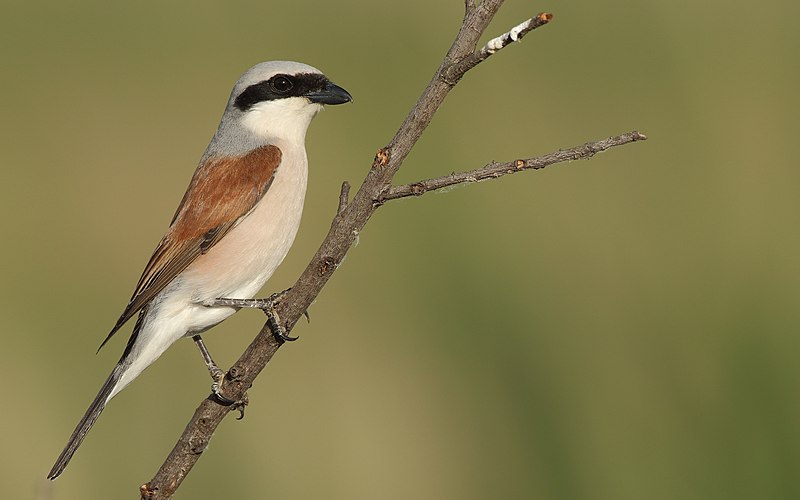
Shrikes are small passerine birds of the family Laniidae, with 34 species in four genera. They get their name from Old English word “scrīc”, which refers to their shriek-like call.
These birds have earned the nickname ‘butcherbirds’ due to their feeding habits; they impale prey on thorns or barbed wire fences for later consumption.
Shrikes also tend to be aggressive predators and hunt a wide range of animals such as insects, small reptiles, rodents and even other smaller bird species.
In terms of physical appearance, these songbirds can vary greatly depending on the specific genus but usually boast a large hooked bill atop an impressive crest along with bright colors like gray, black or brownish hues across its feathers.
It’s clear shrike is quite remarkable creature that has gained notoriety for both hunting prowess and distinctive vocalizations.Scientific classification:
| Kingdom | Animalia |
| Phylum | Chordata |
| Class | Aves |
| Order | Passeriformes |
| Superfamily | Corvoidea |
| Family | Laniidae Rafinesque, 1815 |
Also Featured In: Birds You’ll Find in Moldova, Armenian Birds You Should Know
19. Hoopoes
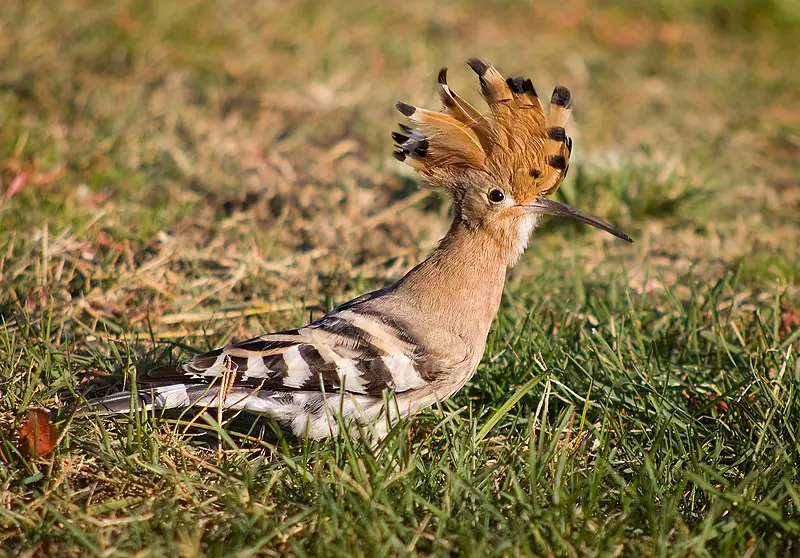
Hoopoes are a fascinating species of bird, found across Africa, Asia and Europe. They have beautiful plumage with unique ‘crowns’ of feathers on their heads.
Three living and one extinct species exist – although for some time they were all classed as the same species: Upupa epops. Some taxonomists still believe this to be true.
These birds are often associated with royalty due to the impressive crown-like crest atop their head, adding an extra element of mystery and exoticism to these creatures.
Hoopoes can also produce loud calls which sound like “hoo-poo” hence why they’ve been given such an apt name.Scientific classification:
| Kingdom | Animalia |
| Phylum | Chordata |
| Class | Aves |
| Order | Bucerotiformes |
| Family | Upupidae Leach, 1820 |
| Genus | Upupa Linnaeus, 1758 |
Also Featured In: African Birds, East African Birds
20. Old World Orioles
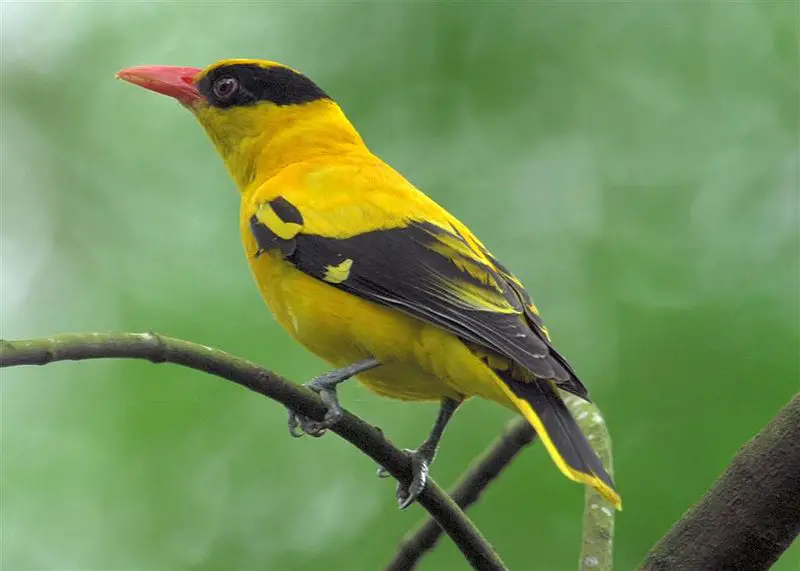
Old World orioles are a family of passerine birds found in the Old World. It comprises four genera: piopios, figbirds, pitohuis and the original genus Oriolus.
The African black-headed species have sometimes been removed from this latter group due to their distinct characteristics as well as other proposed splits for Oriolus.
These colorful birds can be identified by their bright yellow or orange plumage that often features darker markings on wings and head areas, although some species may also display a blue hue or stripes across the body feathers.
They typically feed on insects such as caterpillars and grasshoppers but will supplement with small fruits when available too – making them beneficial additions to gardens.Scientific classification:
| Kingdom | Animalia |
| Phylum | Chordata |
| Class | Aves |
| Order | Passeriformes |
| Superfamily | Orioloidea |
| Family | Oriolidae Vigors, 1825 |
Also Featured In: Birds of Latvia, Birds that Live in Montenegro
21. Eurasian Spoonbill
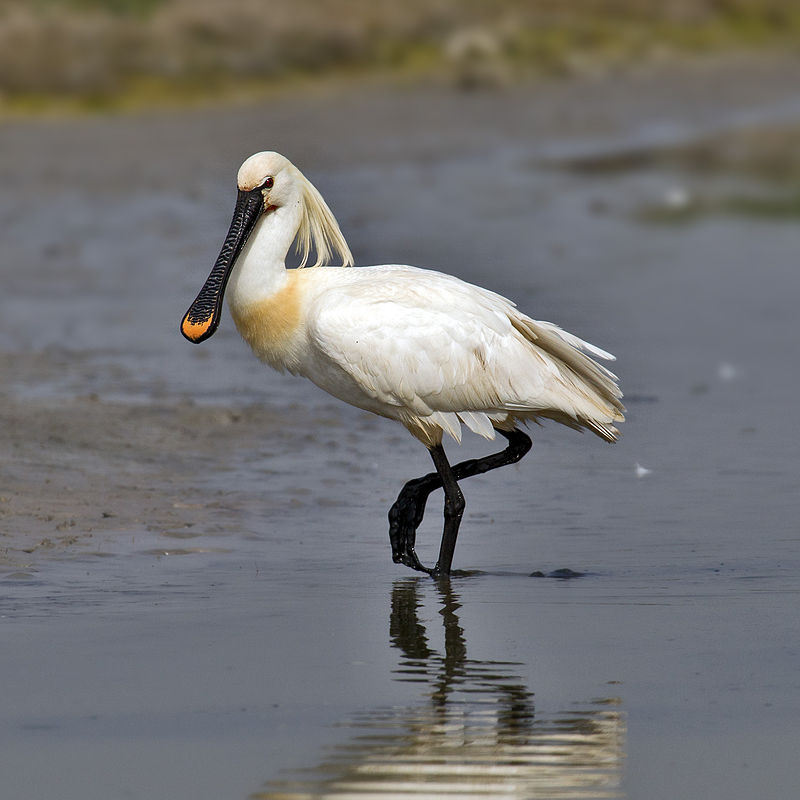
The Eurasian spoonbill is a unique and remarkable wading bird, belonging to the ibis and spoonbill family. It has an unmistakable bill which is broad in shape, giving it its Latin name Platalea “broad”.
Its scientific name ‘leucorodia’ comes from Ancient Greek meaning literally ‘white heron’ due to its predominantly white plumage.
In England this beautiful bird was traditionally known as the ‘shoveler’ because of its distinctive beak.
This rare species can often be found near wetlands or coastal areas where they feed on fish, crustaceans, insects and aquatic invertebrates.
The Eurasian Spoonbill is truly an incredible creature that deserves our protection.Scientific classification:
| Kingdom | Animalia |
| Phylum | Chordata |
| Class | Aves |
| Order | Pelecaniformes |
| Family | Threskiornithidae |
| Genus | Platalea |
| Species | P. leucorodia |
Also Featured In: Common Birds in Tuscany, Common Birds of Portugal
22. European Roller

The European roller is a beautiful bird belonging to the Coracias family, and it’s the only one of its kind found in Europe.
It inhabits various habitats such as dry wooded savanna, bushy plains and other areas except for treeless ones.
During wintertime they usually nest in tree holes, while their range extends into Middle East, Central Asia and Maghreb regions.
They have vibrant blue feathers with black stripes along the neck area which makes them stand out from other birds easily.
Its diet consists mainly of insects like grasshoppers or beetles that are hunted by catching them mid-air during flight; this feature adds an extra charm to these magnificent creatures.Scientific classification:
| Kingdom | Animalia |
| Phylum | Chordata |
| Class | Aves |
| Order | Coraciiformes |
| Family | Coraciidae |
| Genus | Coracias |
| Species | C. garrulus |
Also Featured In: Asian Birds, Most Common Spain Birds
23. Eurasian Wryneck
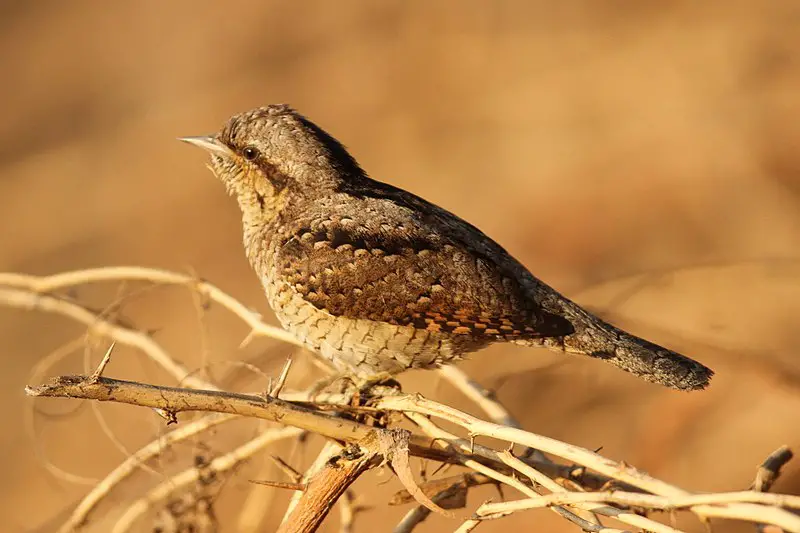
The Eurasian Wryneck is a species of woodpecker found in temperate regions of Europe and Asia. They breed during the summer months, but migrate south to tropical Africa or southern Asia for winter.
These birds are quite adaptable when it comes to their habitat, as they can be seen in open countryside, woodland, orchards and gardens alike.
To identify them you should look out for their distinctive brownish-grey feathers with black bars on the wings and tail; males also have red markings around their neck too.
Their diet consists mainly of insects which they find by probing into loose bark on trees or digging through soil with its sharp bill.
All in all an amazing bird that deserves more attention.Scientific classification:
| Kingdom | Animalia |
| Phylum | Chordata |
| Class | Aves |
| Order | Piciformes |
| Family | Picidae |
| Genus | Jynx |
| Species | J. torquilla |
Also Featured In: Native Birds Of Germany, Common Slovakian Birds
24. Bearded Reedling
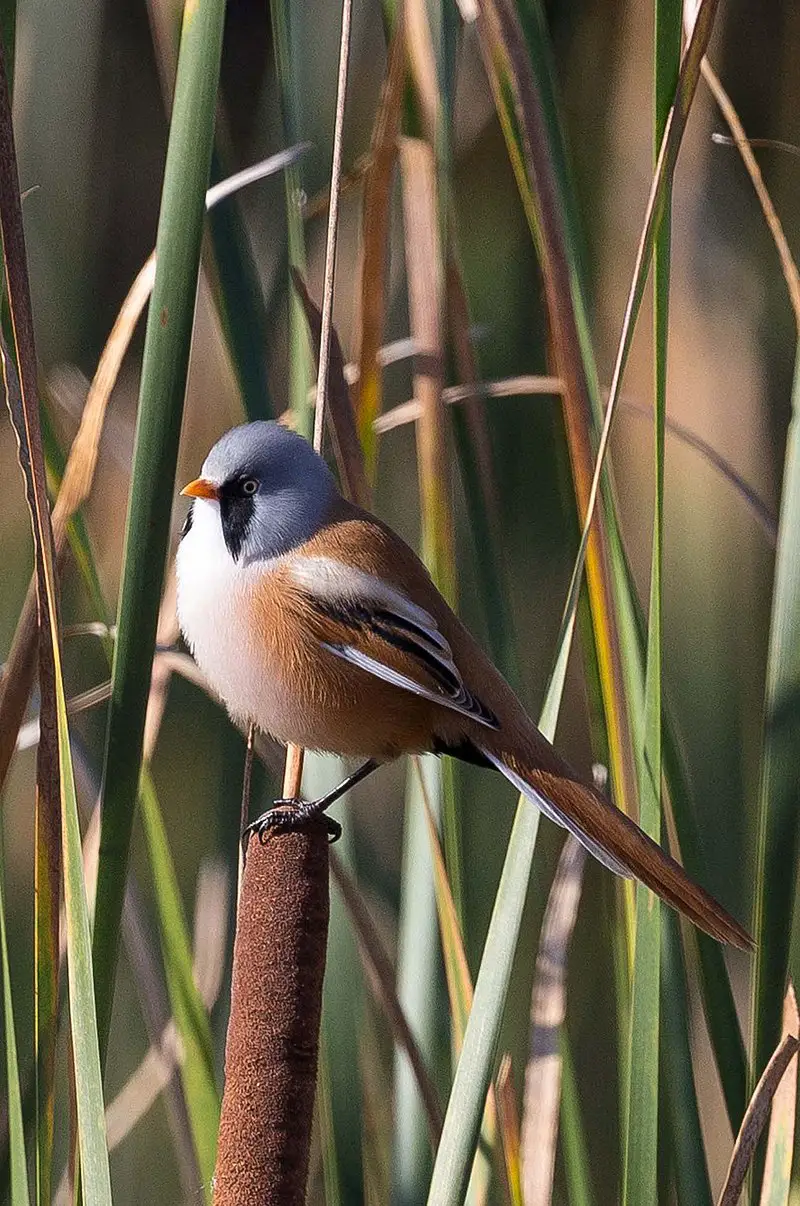
The Bearded Reedling is a small passerine bird found in reed-beds across Europe, Asia and North Africa.
It is easily identified by its distinct black and white plumage with males having yellow faces.
This species belongs to the only family of birds known as Panuridae and was first described by Carl Linnaeus back in 1758.
They feed on insects such as beetles, flies, moths among others but also consume seeds from plants like sedges or rushes during winter months when food availability decreases significantly.
These birds are territorial meaning that they have their own area where they live which can vary from 8 to 12 hectares depending on the seasonality of insect abundance within these areas making them an important part for maintaining healthy ecosystems in wetlands around their range.Scientific classification:
| Kingdom | Animalia |
| Phylum | Chordata |
| Class | Aves |
| Order | Passeriformes |
| Family | Panuridae Des Murs, 1860 |
| Genus | Panurus Koch, 1816 |
| Species | P. biarmicus |
Also Featured In: Birds of United Kingdom, Birds You’ll Find in Albania
25. Threskiornithidae
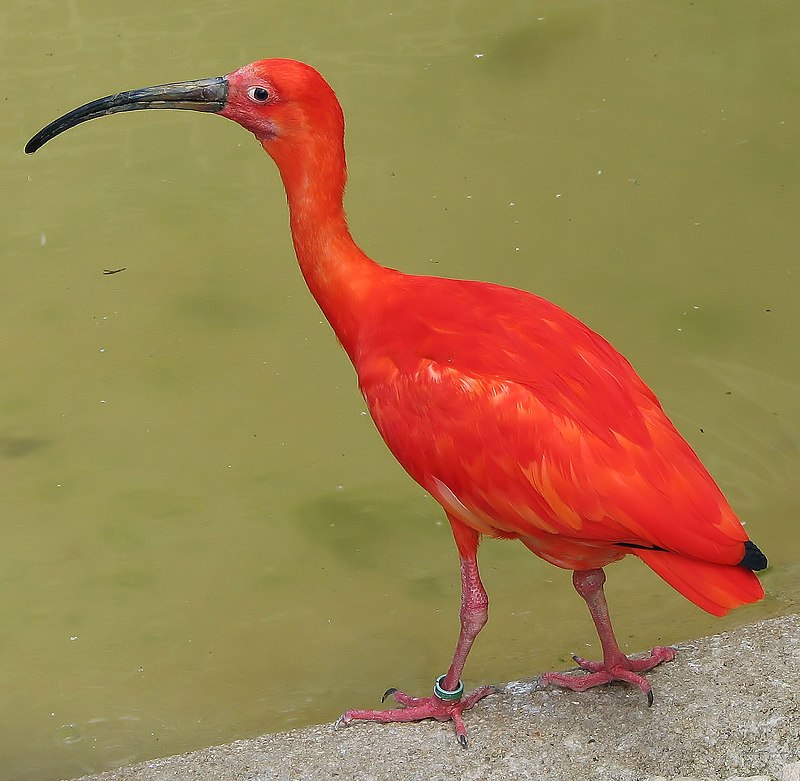
Threskiornithidae is a family of large wading birds which includes 36 species. These birds are traditionally divided into two subfamilies – the ibises and the spoonbills.
However, recent genetic analysis has shown that spoonbills actually belong to Old World ibis group, while New World ibises form an early offshoot from this lineage.
Threskiornithidse members have long curved beaks with serrated edges used for catching fish in shallow water or mudflats, as well as other aquatic invertebrates like crustaceans and mollusks.
They also feed on plant matter such as grains and seeds found close to wetlands areas where they live.
This diverse diet makes them important scavengers in their ecosystems, helping maintain healthy populations of native wildlife by controlling insect numbers and dispersing energy-rich seeds throughout wetland habitats.Scientific classification:
| Kingdom | Animalia |
| Phylum | Chordata |
| Class | Aves |
| Order | Pelecaniformes |
| Suborder | Ardei |
| Family | Threskiornithidae Richmond, 1917 |
Also Featured In: Most common Birds in France, Birds that Live in Greenland
26. Red-Throated Loon
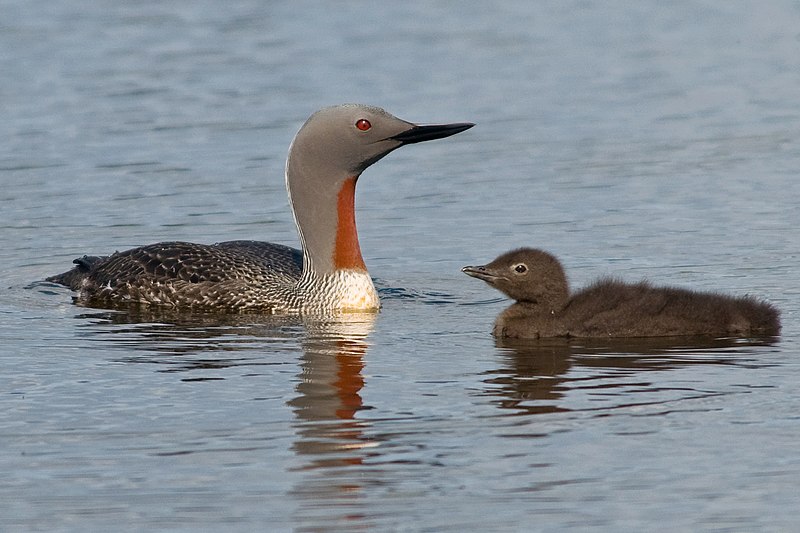
The Red-throated Loon is a migratory bird found in the northern hemisphere, with its breeding grounds primarily located in Arctic regions and wintering spots near coastal waters.
With an average length of 55 – 67 cm (22 – 26 inches), it’s the smallest member of the loon or diver family.
Its namesake comes from its bright red throat patch which contrasts against its white underside and grey back.
This species has adapted to life on icy seas; they are strong swimmers with powerful wings for long flights over open water when migrating seasonally.
Their diet consists mostly of fish but can also include crustaceans, molluscs, amphibians and insects depending on availability.Scientific classification:
| Kingdom | Animalia |
| Phylum | Chordata |
| Class | Aves |
| Order | Gaviiformes |
| Family | Gaviidae |
| Genus | Gavia |
| Species | G. stellata |
Also Featured In: Native South Korean Birds, Birds Live in Tunisia
27. Falcons And Caracaras
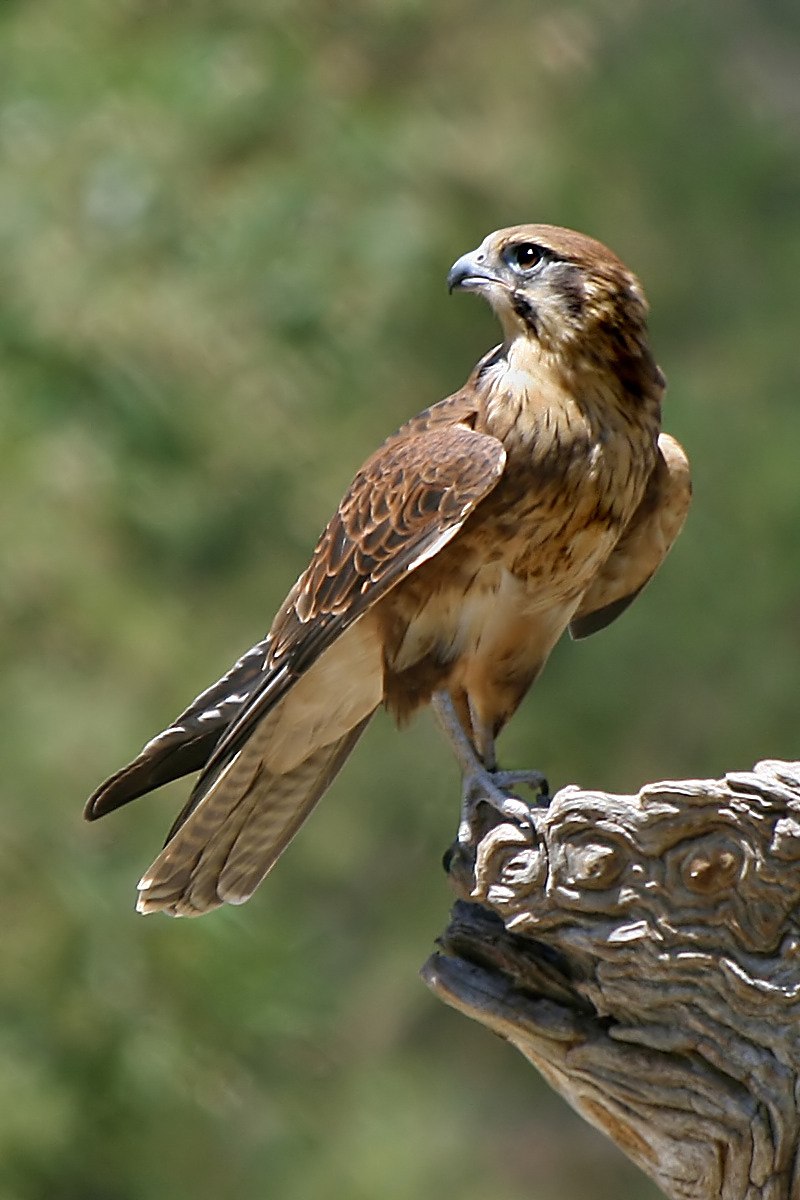
Falcons and caracaras are birds of prey that belong to the family Falconidae. They have impressive sharp talons, hooked beaks and keen eyesight which makes them excellent hunters.
Falcons can reach speeds up to 200 mph when diving for their prey while caracaras use a combination of running and flying to hunt small mammals such as rabbits or rats.
Both falcons and caracaras live in various areas around the world from grasslands, deserts, forests, wetlands or even urban areas where they nest on cliffs or tall buildings.
The diet mainly consists insects but also includes larger animals like reptiles or other birds which they catch by surprise with fast dives out of the sky.Scientific classification:
| Kingdom | Animalia |
| Phylum | Chordata |
| Class | Aves |
| Order | Falconiformes |
| Family | Falconidae Leach, 1820 |
Also Featured In: Most Common Taiwan Birds, Queensland Birds You Should Know
28. Crested Honey Buzzard
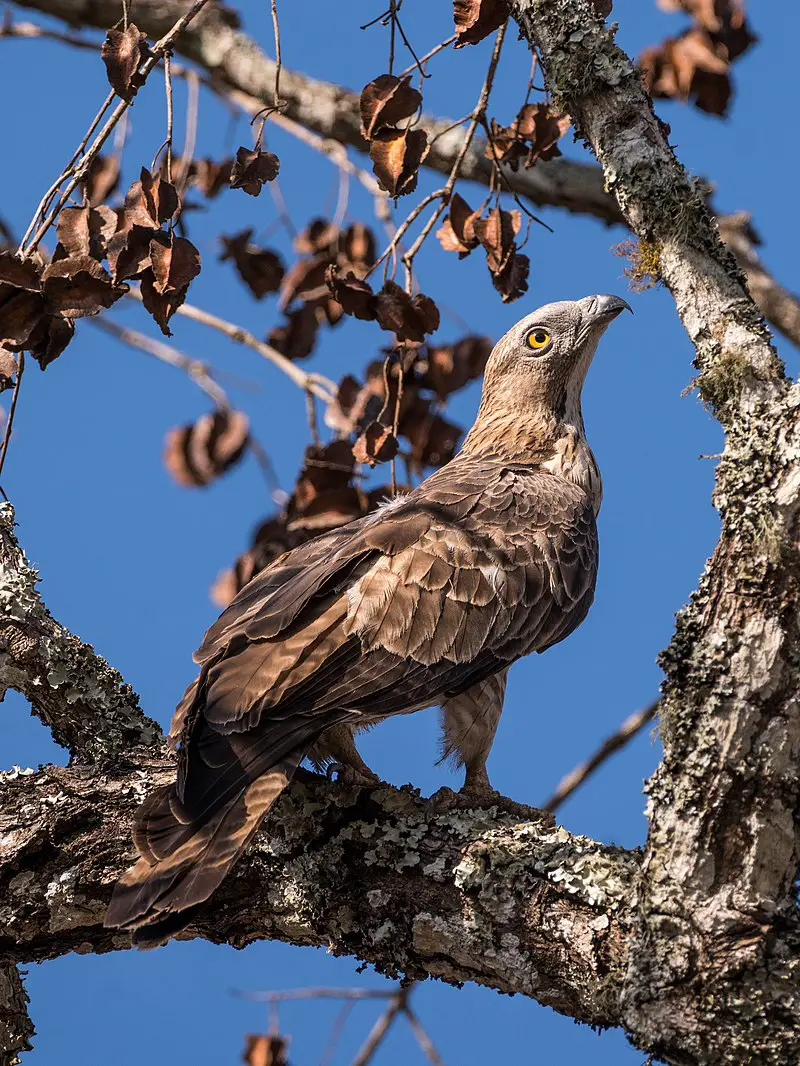
The Crested Honey Buzzard is a medium-sized raptor found in the family Accipitridae. They measure between 57 and 60 cm, making them one of the smaller birds of prey.
It is also referred to as Oriental, Asiatic or Eastern Honey Buzzard due to its wide range across Asia.
These buzzards have six subspecies with distinct features such as white tail tip feathers on some species while others have brownish black wings and bodies that are either grey or chestnut coloured.
Their diet consists mainly of honeybees, wasps and other insects which they hunt using their sharp vision along with swift flight speed reaching up to 70 km/h during migrations.
The Crested Honey Buzzard plays an important role within their ecosystem by controlling populations of insect pests which can be harmful for our environment if left unchecked.Scientific classification:
| Kingdom | Animalia |
| Phylum | Chordata |
| Class | Aves |
| Order | Accipitriformes |
| Family | Accipitridae |
| Genus | Pernis |
| Species | P. ptilorhynchus |
Also Featured In: Common Birds in Kerala, Birds of Karnataka
29. Streaked Scrub Warbler
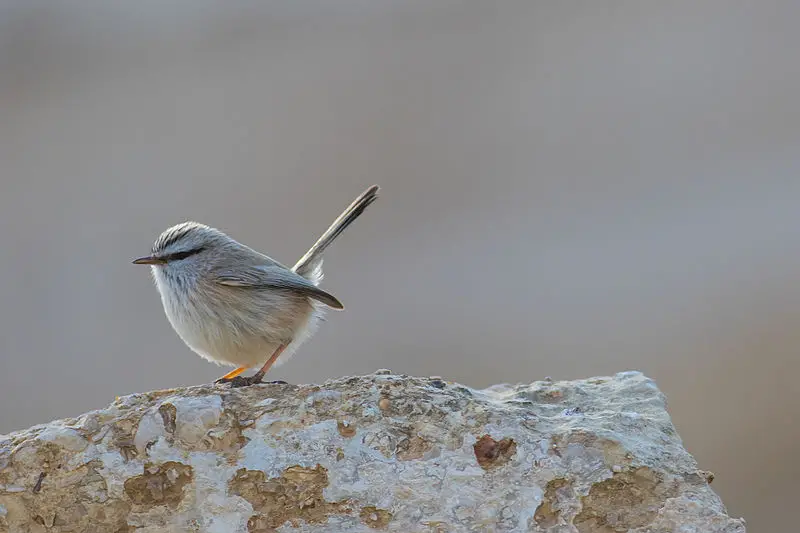
The Streaked Scrub Warbler is a small passerine bird, found in northern Africa and southwestern Asia.
It frequents scrubby areas, ravines and gorges near deserts, remaining mainly resident but with possible local movements outside the breeding season.
This species has grayish-brown upperparts streaked with black lines or bars forming an intricate pattern across its back; whitish underparts are also marked by dark streaks on the breast.
Its diet consists of insects which it catches from low vegetation while making short flights over them to capture prey as well as gleaned items from branches or foliage surface foraged on foot.
The Streak Scrub Warbler is quite vocal throughout the year giving various trills and whistles that sound like “seet”.Scientific classification:
| Kingdom | Animalia |
| Phylum | Chordata |
| Class | Aves |
| Order | Passeriformes |
| Family | Scotocercidae Fregin, Haase, Olsson, & Alström, 2012 |
| Genus | Scotocerca Sundevall, 1872 |
| Species | S. inquieta |
Also Featured In: Native Birds of Afghanistan,
30. Larks
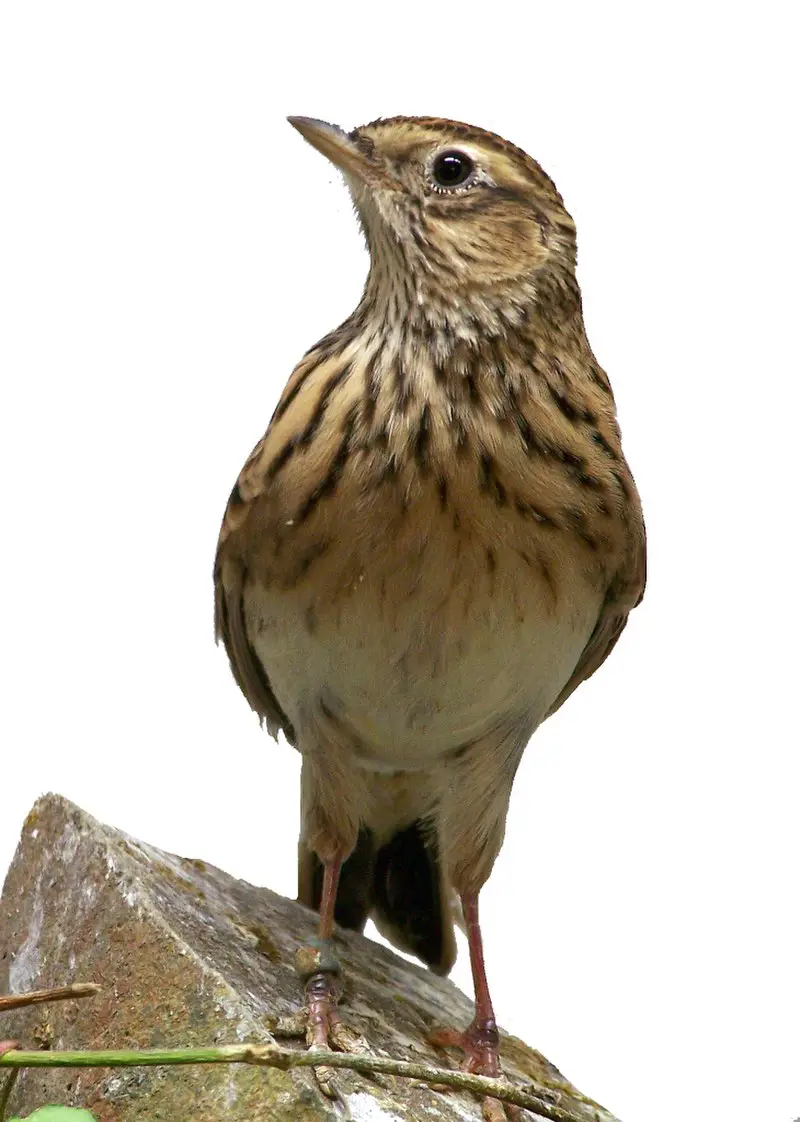
Larks are small passerine birds that belong to the Alaudidae family. These birds have a cosmopolitan distribution and can be found in many different habitats, including dry regions.
The largest number of lark species is located in Africa, while only one species (horned lark) inhabits North America and another one (Horsfield’s bush lark) lives in Australia.
These beautiful creatures usually appear during dawn or dusk as they sing their melodious songs high up into the sky.
Larks possess impressive flying skills which make them capable of reaching heights far above most other bird species.
Despite this skill, they prefer living close to the ground where there are plenty of seeds and insects for them to feed on.Scientific classification:
| Kingdom | Animalia |
| Phylum | Chordata |
| Class | Aves |
| Order | Passeriformes |
| Superfamily | Sylvioidea |
| Family | Alaudidae Vigors, 1825 |
Also Featured In: Birds of Poland, Flocks Birds around Us
31. Eurasian Penduline Tit
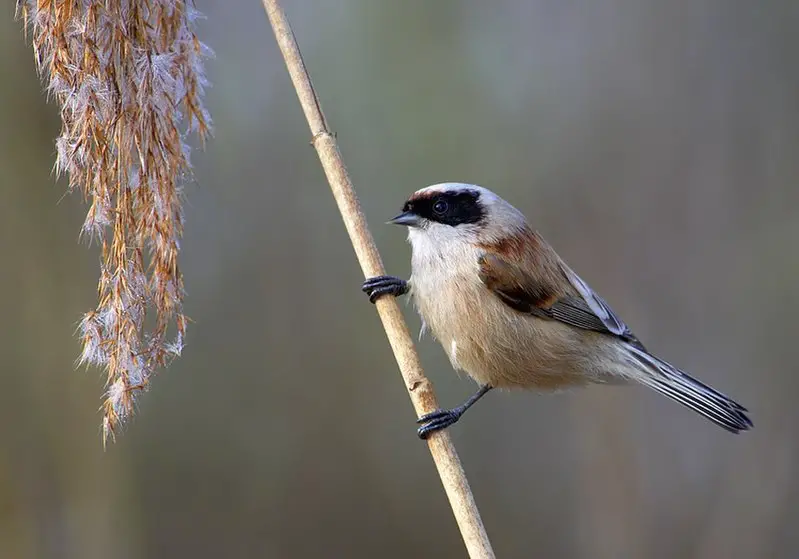
The Eurasian penduline tit is a passerine bird of the genus Remiz which can be found widely across the western Palearctic.
It migrates to more northern parts in summer, while staying resident in its southern range during winter months.
This species experienced an expansion of its breeding grounds throughout Western Europe between 1980s and 1990s, thus increasing its population significantly.
The Penduline Tit has various striking features like bright yellow underparts with black streaks on sides.
Greyish-brown upper part with white underside and pale eye line along head sides as well as distinctive tail nest made from fibers and mosses hanging from trees or shrubs like a pendulum hence their name ‘Penduline’.
These birds feed mainly on insects but also eat some seeds especially sunflower seeds making them popular garden visitors for many people.Scientific classification:
| Kingdom | Animalia |
| Phylum | Chordata |
| Class | Aves |
| Order | Passeriformes |
| Family | Remizidae |
| Genus | Remiz |
| Species | R. pendulinus |
Also Featured In: Birds of Morocco,
32. Sylviid Warblers
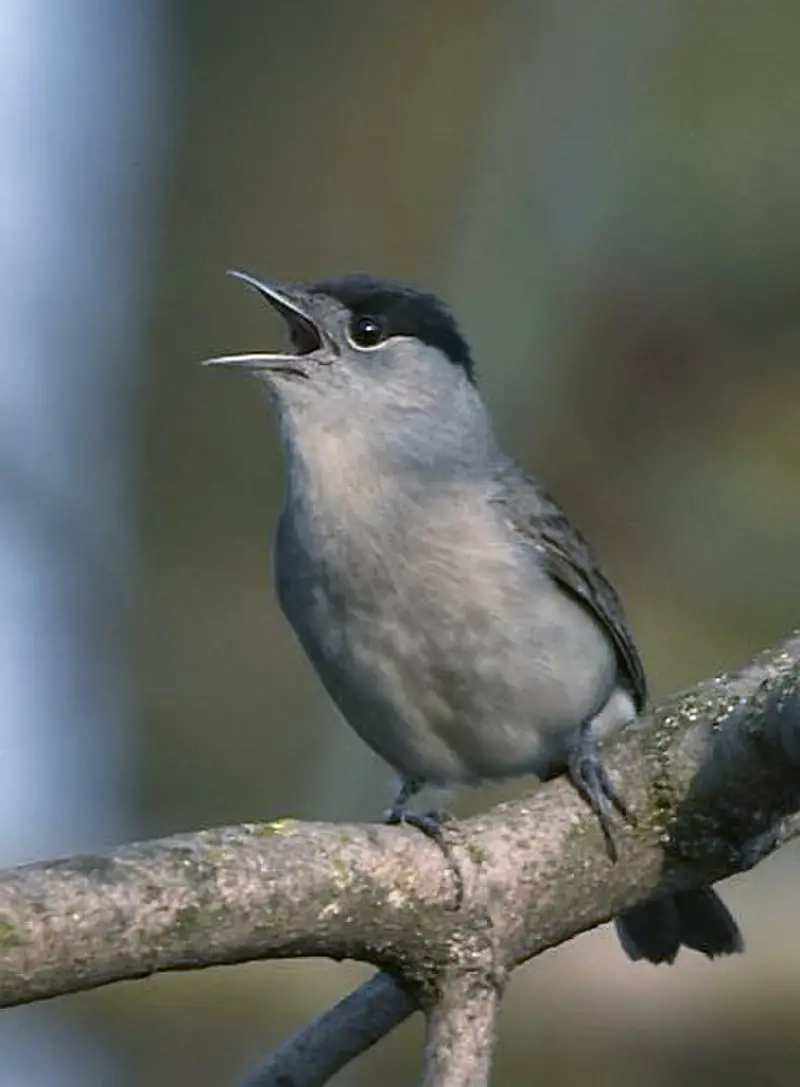
The Sylviid warblers are a family of passerine birds found in Eurasia and Africa. They include the typical warblers as well as babblers that were formerly part of the Old World babbler family.
These birds have slender bodies, pointed wings, long tails and strong legs adapted for ground-dwelling habits like running or hopping along branches.
The male often has bright colors while females are usually duller in coloration with more muted plumage patterns than males.
Some species also show sexual dimorphism where one sex may be larger or smaller than its counterpart; for instance some species may have longer tail feathers on the female side compared to their male counterparts.
Many members of this group feed on insects but some specialize on seeds, fruits, nectar or even frogs.Scientific classification:
| Kingdom | Animalia |
| Phylum | Chordata |
| Class | Aves |
| Order | Passeriformes |
| Superfamily | Sylvioidea |
| Family | Sylviidae Leach, 1820 |
Also Featured In: Birds Commonly Found in Northern Ireland, Birds that Live in Faroe Islands
33. Long-Tailed Tits
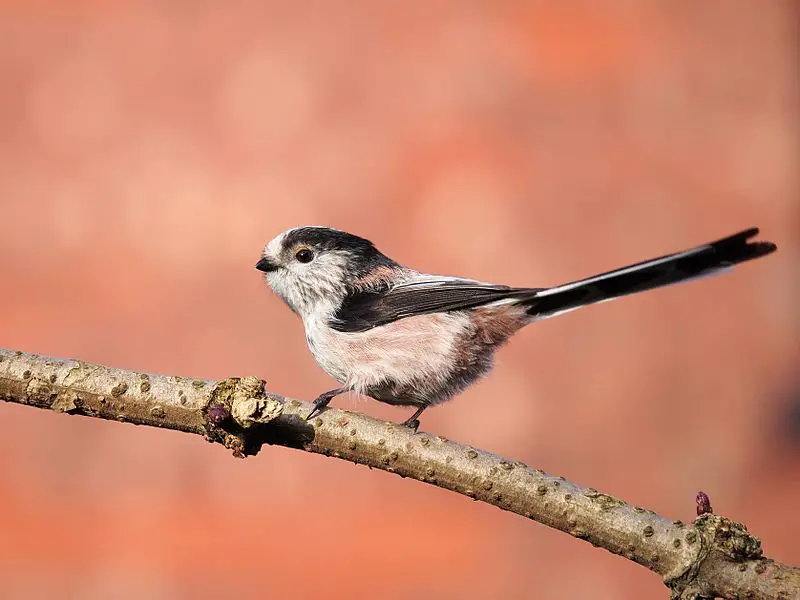
Long-tailed tits are a small passerine bird family with long tails compared to their size. They have 13 species in 3 genera, and they mostly live in Eurasia.
These birds love to stay active by foraging for insects among shrubs and trees throughout the day.
During non-breeding season, these birds can be found living together in large flocks of up to 50 individuals.
These playful little creatures make wonderful companions due to their social nature and cheerful personalities.
Their bright plumage also adds a beautiful splash of colour wherever they go.Scientific classification:
| Kingdom | Animalia |
| Phylum | Chordata |
| Class | Aves |
| Order | Passeriformes |
| Superfamily | Sylvioidea |
| Family | Aegithalidae Reichenbach, 1850 |
Also Featured In: Small Birds of California,
34. Treecreepers
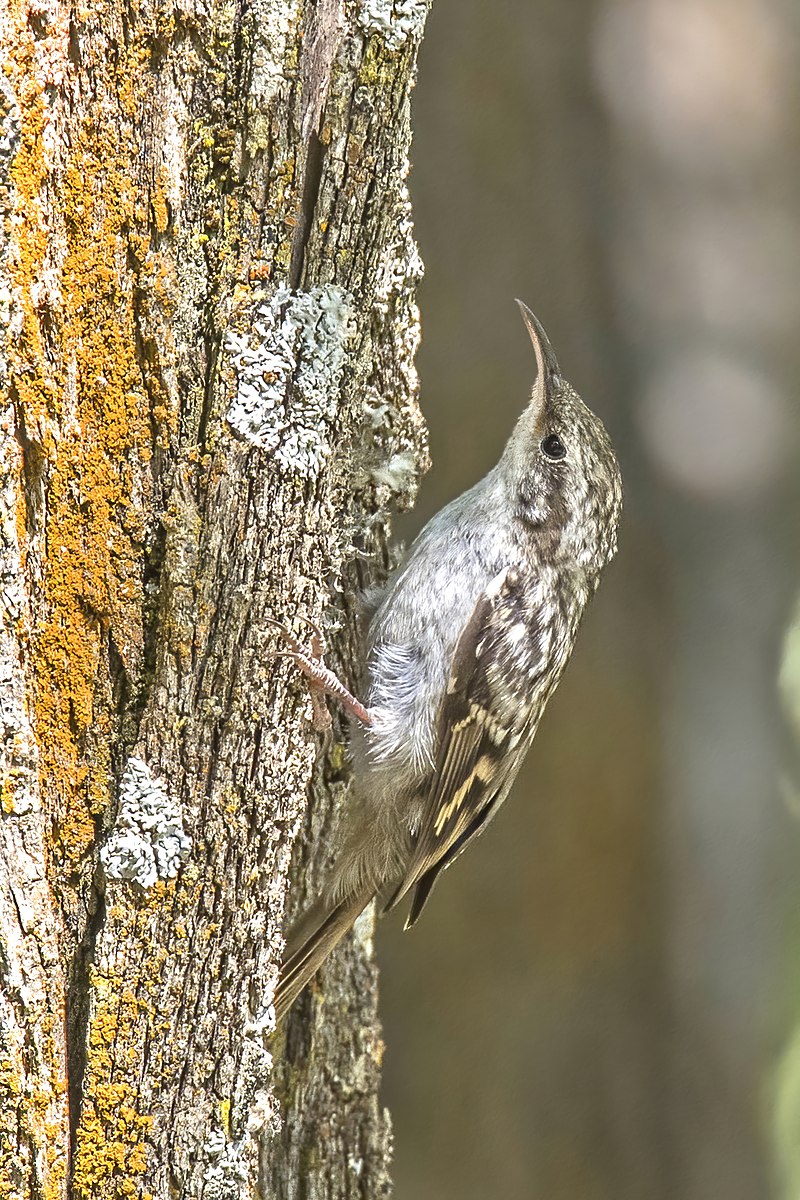
Treecreepers are small passerine birds found in wooded areas of the Northern Hemisphere and sub-Saharan Africa.
They have dull colored plumage, long curved bills, stiff tails and strong feet that help them to climb up tree trunks while searching for food such as insects and spiders.
The two genera Certhia and Salpornis include eleven species which can be identified by their distinct call – a high pitched ‘tsee-tsit’.
Treecreepers build cup shaped nests on trees usually near the base or middle trunk using mosses, lichens, grasses with leaves inside them to provide insulation from cold temperatures.
These birds also use bark crevices during winter months when they shelter in groups together against extreme weather conditions.Scientific classification:
| Kingdom | Animalia |
| Phylum | Chordata |
| Class | Aves |
| Order | Passeriformes |
| Superfamily | Certhioidea |
| Family | Certhiidae Leach, 1820 |
Also Featured In: Birds that Live in Newfoundland and Labrador, Common Northwest Territories Birds
35. Common Pochard
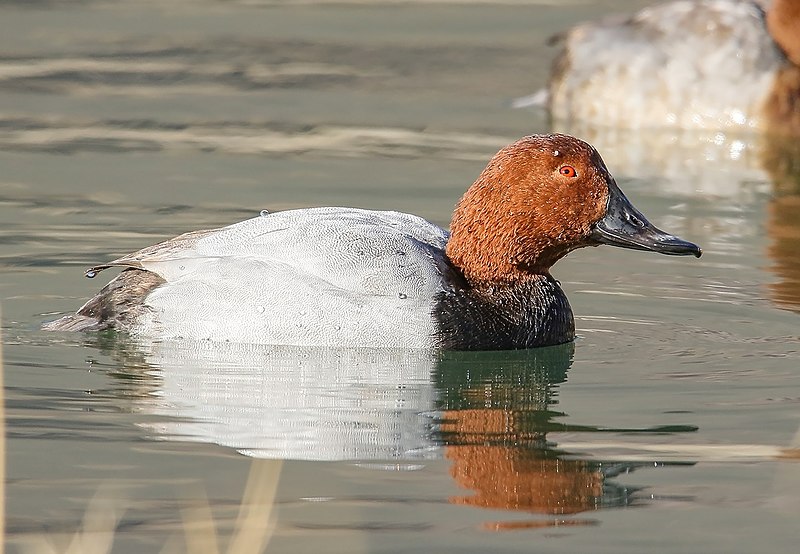
The Common Pochard is a medium-sized diving duck found across Eurasia and North Africa. It has distinctive features such as a long, dark bill with a grey band, red head and neck, black breast, red eyes and grey back.
The female has similar characteristics but her head is more brown/grey in colour than the male’s striking red hue.
They are often seen swimming together in large flocks near freshwater bodies or on lakes to feed on aquatic plants like seeds of waterlilies etc., which makes them an important part of the ecosystem by helping disperse plant species.
Their loud call can be heard over vast distances making them easy to spot even when they’re far away.Scientific classification:
| Kingdom | Animalia |
| Phylum | Chordata |
| Class | Aves |
| Order | Anseriformes |
| Family | Anatidae |
| Genus | Aythya |
| Species | A. ferina |
Also Featured In: Common Birds in Saudi Arabian, Tokyo Birds You Need to Know
36. Sociable Lapwing
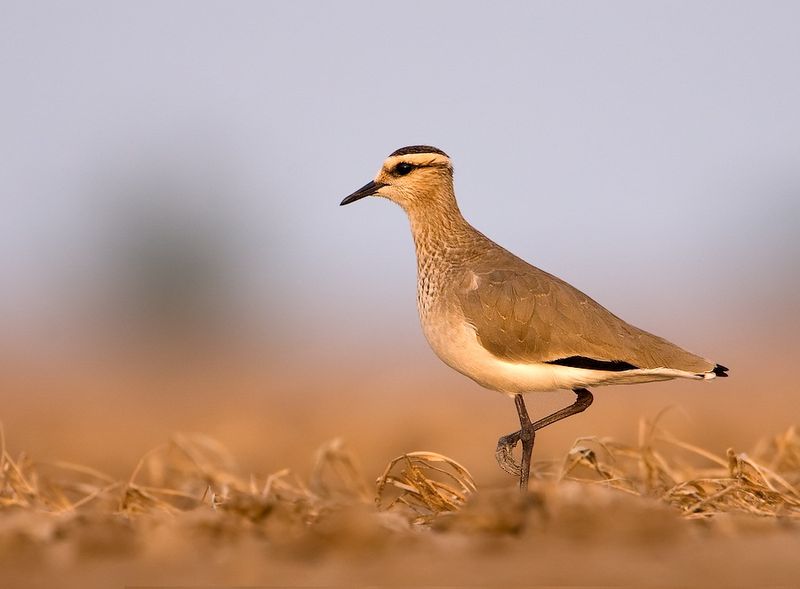
The Sociable Lapwing is an impressive wading bird of the plover family. It breeds in Kazakhstan, and migrates to spend its winter months in areas such as the Middle East, Indian Subcontinent, and Sudan.
Historically known as Black-bellied lapwing due to its black lower body feathers that contrast with white upper parts, it has a unique social behavior which earned it the name ‘Sociable’.
This species will often gather together into large flocks during migration but also form smaller groups while breeding or searching for food.
The male’s courtship display involves making loud calls from high places like rocks before diving down onto his chosen mate.
These birds are protected under international law since they have been hunted almost to extinction for their meat and feathers over past centuries.Scientific classification:
| Kingdom | Animalia |
| Phylum | Chordata |
| Class | Aves |
| Order | Charadriiformes |
| Family | Charadriidae |
| Genus | Vanellus |
| Species | V. gregarius |
Also Featured In: Flight Birds You Should Know, Common Birds of Maharashtra
37. Pallas’s Sandgrouse
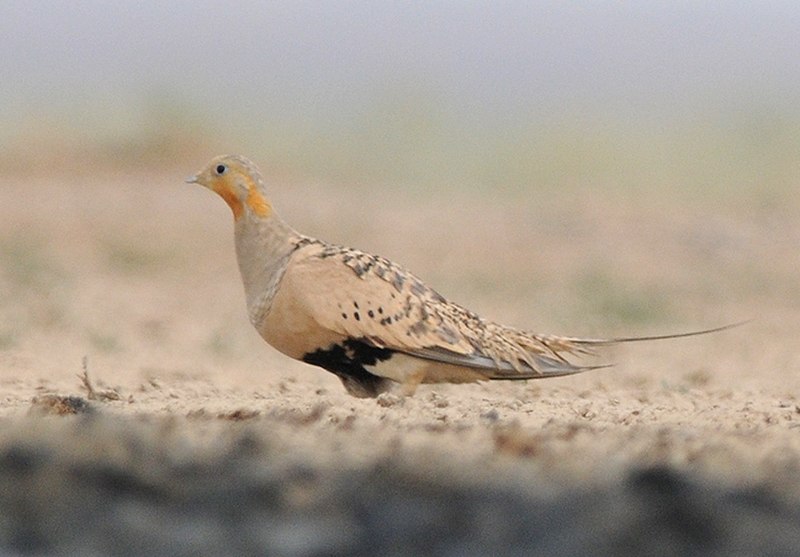
Pallas’s sandgrouse is a medium to large bird in the sandgrouse family and named after German zoologist Peter Simon Pallas. It was first mentioned by Marco Polo around 1300 as Bargherlac, from Turkmen bağırlak.
Its scientific name, Syrrhaptes paradoxus (S. pallasii), comes from Ancient Greek words meaning ‘paradoxical plover’.
This species has several distinctive features: it prefers open habitats with sparse vegetation.
Its wings are short but powerful for fast flight; and males have special feathers on their belly that can soak up water which they later transfer to chicks or other members of the flock via special tongue movements.
These fascinating birds are an important part of our natural history and should be appreciated for all they bring us.Scientific classification:
| Kingdom | Animalia |
| Phylum | Chordata |
| Class | Aves |
| Order | Pterocliformes |
| Family | Pteroclidae |
| Genus | Syrrhaptes |
| Species | S. paradoxus |
Also Featured In: Birds of Czech Republic,
38. Steppe Eagle
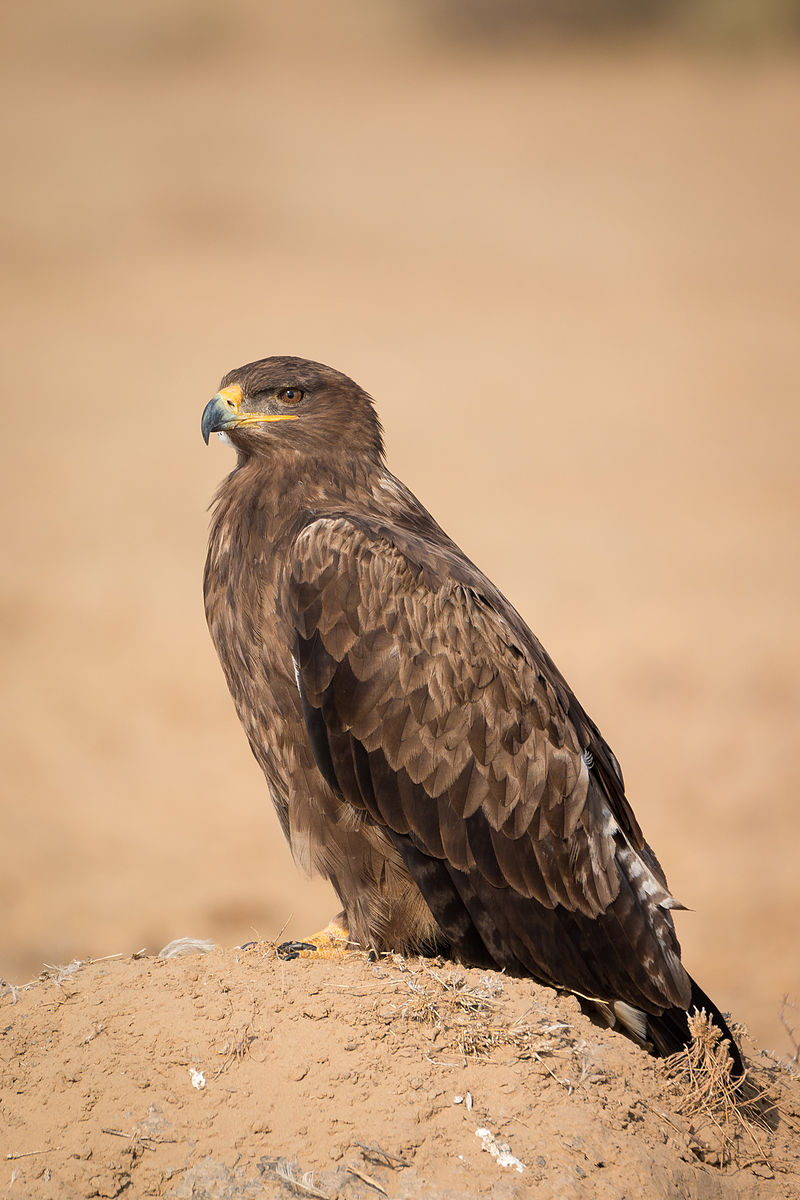
The Steppe eagle is a large bird of prey belonging to the family Accipitridae. With its well-feathered legs, it is classified as part of the subfamily Aquilinae or “booted eagles”.
It was once thought to be closely related to the Tawny Eagle but now they are considered distinct species.
This majestic creature has powerful talons used for catching and tearing apart their food such as small mammals and birds, reptiles and amphibians.
They have an impressive wingspan usually measuring from 1 meter -1.5 meters in length with distinctive brownish plumage on top while having off white colouring underneath them which helps camouflage itself when flying over open fields looking for its next meal.
The Steppe Eagles also build larger nests than other species at up 10 feet wide made out twigs that provide safety and protection during breeding season.Scientific classification:
| Kingdom | Animalia |
| Phylum | Chordata |
| Class | Aves |
| Order | Accipitriformes |
| Family | Accipitridae |
| Genus | Aquila |
| Species | A. nipalensis |
Also Featured In: Common Birds of the Jordan,
39. Drongos
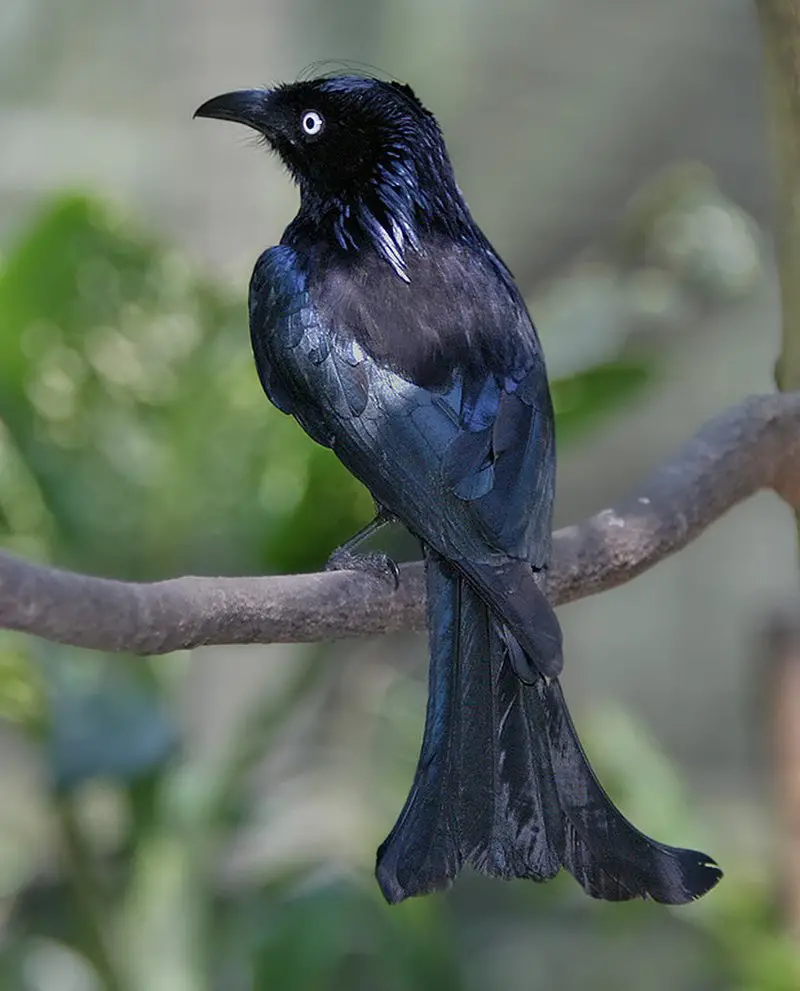
Drongos are an Old World tropical family of passerine birds belonging to the Dicruridae genus.
They have short legs, forked tails and a distinctive upright stance when perched.
Depending on the species they may be mostly black or dark grey in colour with some having elaborate tail decorations.
Drongos feed mainly on insects and small birds – catching them both in flight and from the ground.
They also sometimes eat fruit, nectar and even carcasses.
The drongo’s unique adaptations make it one of nature’s most successful hunters; able to survive almost anywhere in their natural range across Africa, Asia & Australia.Scientific classification:
| Kingdom | Animalia |
| Phylum | Chordata |
| Class | Aves |
| Order | Passeriformes |
| Superfamily | Corvoidea |
| Family | Dicruridae Vigors, 1825 |
| Genus | Dicrurus Vieillot, 1816 |
Also Featured In: Birds of United Arab Emirates, Savanna Birds You Need to See
40. Oystercatchers
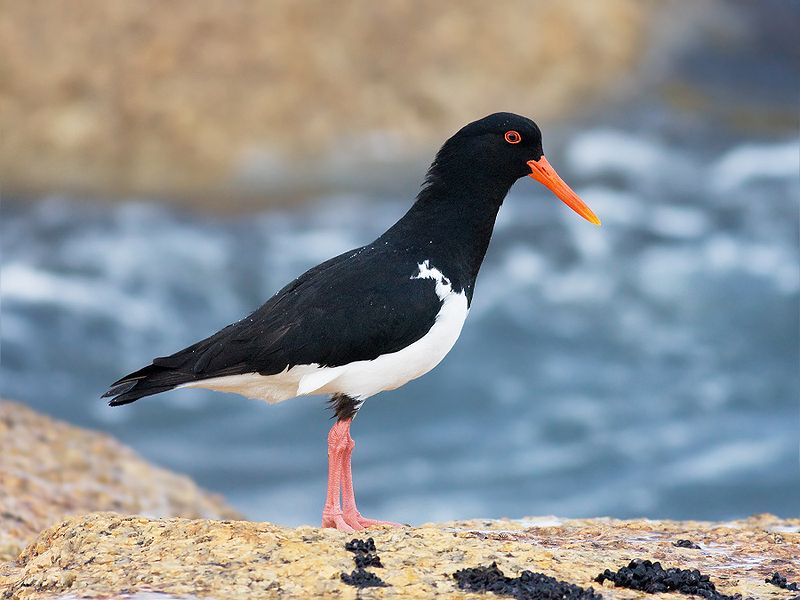
Oystercatchers are a family of waders forming the Haematopodidae, with one genus; Haematopus.
They live in coastal regions around the world excluding both polar and some tropical areas of Africa & South East Asia.
Eurasian, South Island & Magellanic oystercatcher species also breed far inland – breeding grounds being found much deeper than other members of the family.
They have long beaks used to feed on molluscs such as mussels, clams and oysters which they crack open using their strong bills.
Oystercatchers are usually quite vocal birds making various loud calls when disturbed or alarmed.
The males tend to display more brightly coloured plumage compared to females who share similar brown/black hues for camouflage purposes during nesting season.Scientific classification:
| Kingdom | Animalia |
| Phylum | Chordata |
| Class | Aves |
| Order | Charadriiformes |
| Suborder | Charadrii |
| Family | Haematopodidae Bonaparte, 1838 |
| Genus | Haematopus Linnaeus, 1758 |
Also Featured In: Best Birds Watching in Austria, Galapagos Birds You Should Know
41. Long-Legged Buzzard
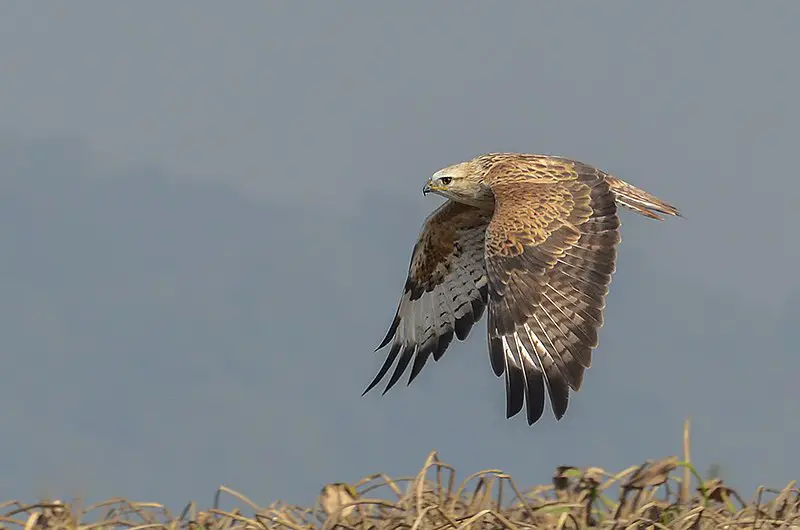
The Long-legged Buzzard is a large bird of prey found in many parts of Eurasia and North Africa.
It has long legs, which allows it to wade through shallow water or even snow when hunting for food.
The diet mainly consists of small mammals such as voles, but also includes amphibians, reptiles and insects.
They are powerful birds that can fly up high into the sky with ease due to their wide wingspan.
This species is often seen soaring on thermals or hovering over open areas looking out for potential meals below them.
With its spectacular eyesight they can spot prey from great distances away before swooping down quickly at incredible speeds to capture their meal.Scientific classification:
| Kingdom | Animalia |
| Phylum | Chordata |
| Class | Aves |
| Order | Accipitriformes |
| Family | Accipitridae |
| Genus | Buteo |
| Species | B. rufinus |
Also Featured In: Birds of Israel,
42. Common Shelduck
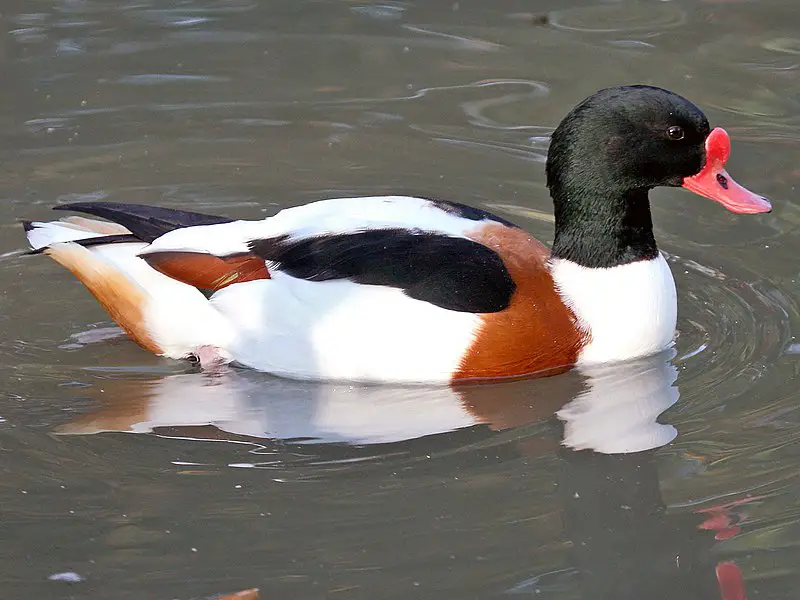
The Common Shelduck is a species of waterfowl belonging to the shelduck genus, Tadorna. It can be found in temperate and subtropical regions across the Euro-Siberian region of the Palearctic.
During winter months, it also ventures into Maghreb. Fossil bones discovered from Dorkovo (Bulgaria) are believed to belong this bird’s species as well – Balcanas pliocaenica.
The Common Shelduck has a large body with short legs and wings that enable it for powerful flight capabilities during migratory seasons along with long bills perfect for digging up food sources such as mollusks or aquatic vegetation habits these birds have adapted over time in wetland habitats they inhabit making them an essential part of many ecosystems around Europe and Asia.Scientific classification:
| Kingdom | Animalia |
| Phylum | Chordata |
| Class | Aves |
| Order | Anseriformes |
| Family | Anatidae |
| Genus | Tadorna |
| Species | T. tadorna |
Also Featured In: Kuwait Birds,
43. Upland Buzzard
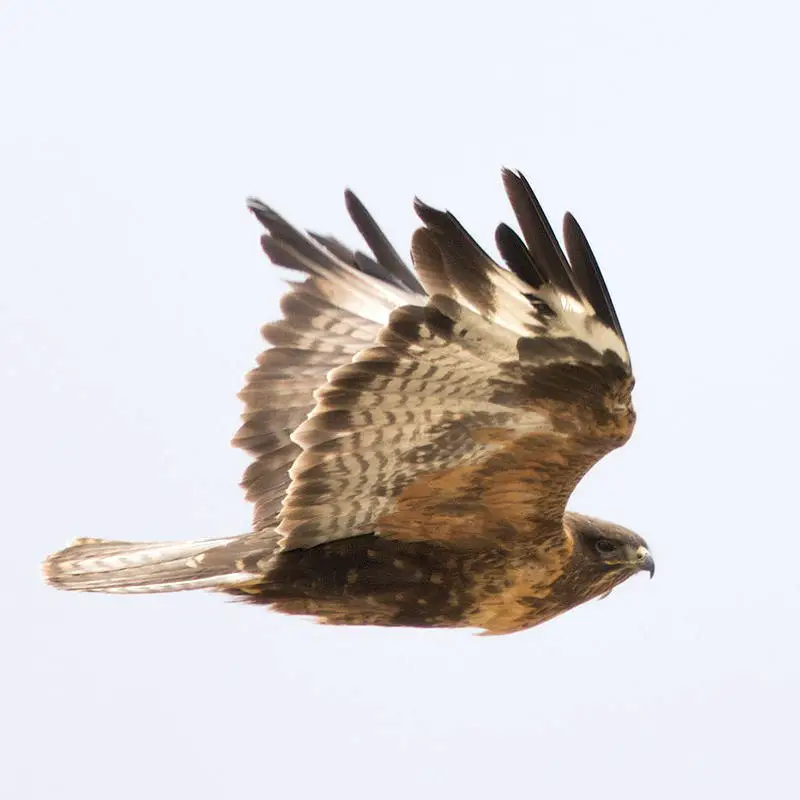
The Upland buzzard is a species of bird belonging to the family Accipitridae.
It is one of the largest species in its genus, found primarily in mountainous and rocky areas throughout Central Asia, northern South Asia and East Asia from Kazakhstan to Korea.
During migration time they typically cover short distances due to the winter snowfall which can make travel difficult for them.
The diet mainly consists of small mammals such as mice or voles but will also eat birds or reptiles if available.
They are usually solitary hunters that search for prey by hovering over their territory looking down with keen eyesight and then swooping down when spotted something edible on ground level below it.Scientific classification:
| Kingdom | Animalia |
| Phylum | Chordata |
| Class | Aves |
| Order | Accipitriformes |
| Family | Accipitridae |
| Genus | Buteo |
| Species | B. hemilasius |
Also Featured In: Mongolia Birds,
44. Squacco Heron
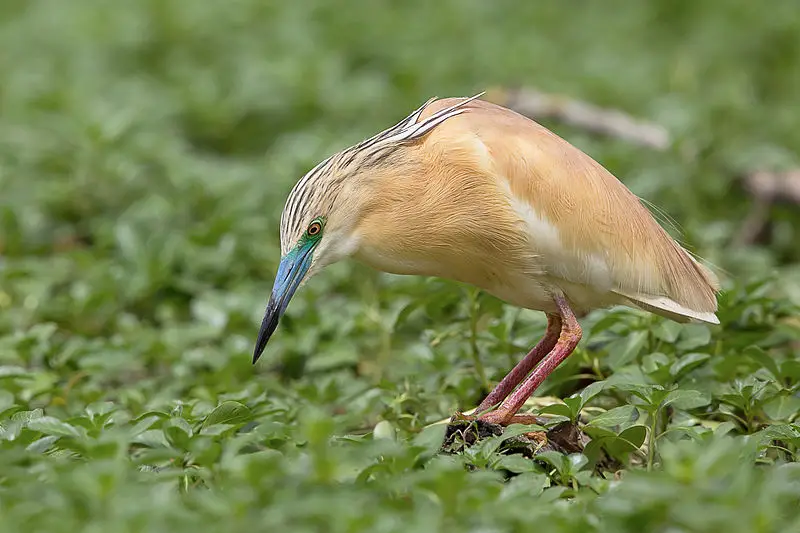
The Squacco Heron is a small heron species native to the Old World that breeds in parts of Europe and the Greater Middle East, before migrating south for winter.
They measure around 44-47 cm long with an 80-92 cm wingspan, making them one of the smaller species of herons.
Their body length measures 20-23cm while they have greyish or brown plumage on top and white or yellow underneath.
The neck has some streaking patterns giving it its name “squacco” which means speckled in Italian. It feeds mainly on fish, frogs and insects near shallow waters such as marshes, swamps and streams.
Rarely sighted north of their breeding grounds this curious little bird should be admired if spotted.Scientific classification:
| Kingdom | Animalia |
| Phylum | Chordata |
| Class | Aves |
| Order | Pelecaniformes |
| Family | Ardeidae |
| Genus | Ardeola |
| Species | A. ralloides |
Also Featured In: Bahrain birds, Naples Islands Birds You Didn’t Know
45. Shikra
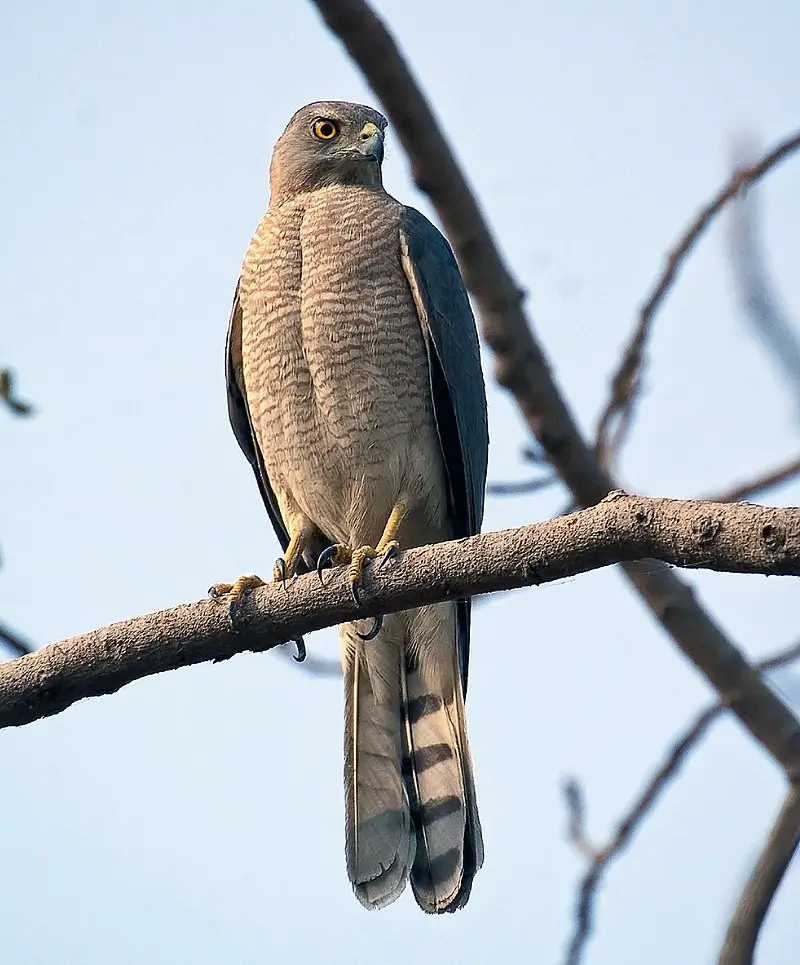
The Shikra bird, also known as the little banded goshawk, is a widespread bird of prey found in Asia and Africa. It is a small species belonging to the Accipitridae family.
The African variations of the Shikra may potentially represent a distinct species, but they are usually considered subspecies.
This bird has physical similarities to other sparrowhawk species, such as the Chinese Goshawk and Eurasian Sparrowhawk.
The Shikra is a quick predator and possesses excellent hunting skills. It typically preys on small mammals, reptiles, and birds.
The bird is known for its distinctive hunting technique, which involves a sudden dash and a quick silent strike to capture its victim.
Its plumage consists of brown or greyish-brown feathers with white and fine black streaks.
Overall, the Shikra bird is an impressive bird of prey, known for its versatility and hunting prowess.Scientific classification:
| Kingdom | Animalia |
| Phylum | Chordata |
| Class | Aves |
| Order | Accipitriformes |
| Family | Accipitridae |
| Genus | Accipiter |
| Species | A. badius |
Also Featured In: Birds That Live in the Jungle, Birds of Goa
46. Sandpiper
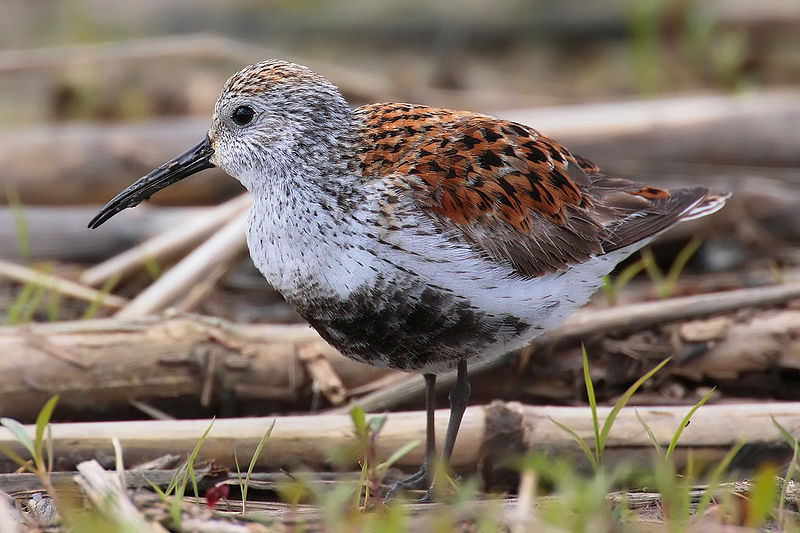
Sandpiper is a type of wading bird that belongs to the family Scolopacidae. It is a diverse family that includes various species such as curlew and snipe.
Sandpipers have different bill lengths that allow them to feed on small invertebrates and creatures found in mud or soil.
Due to this diversity, different species can coexist in the same habitat without competing for food.
Sandpipers are commonly found near the coast but are also found in other wetland environments.
They are known for their slender legs, long beak, and streamlined body that enables them to move easily in and out of water.
Sandpipers are a unique and fascinating bird species that are interesting to observe in their natural habitat.Scientific classification:
| Kingdom | Animalia |
| Phylum | Chordata |
| Class | Aves |
| Order | Charadriiformes |
| Suborder | Scolopaci |
| Family | Scolopacidae Rafinesque, 1815 |
Also Featured In: Birds You’ll Find in the Sea, Turkey Birds You Should Know
47. Little Grebe
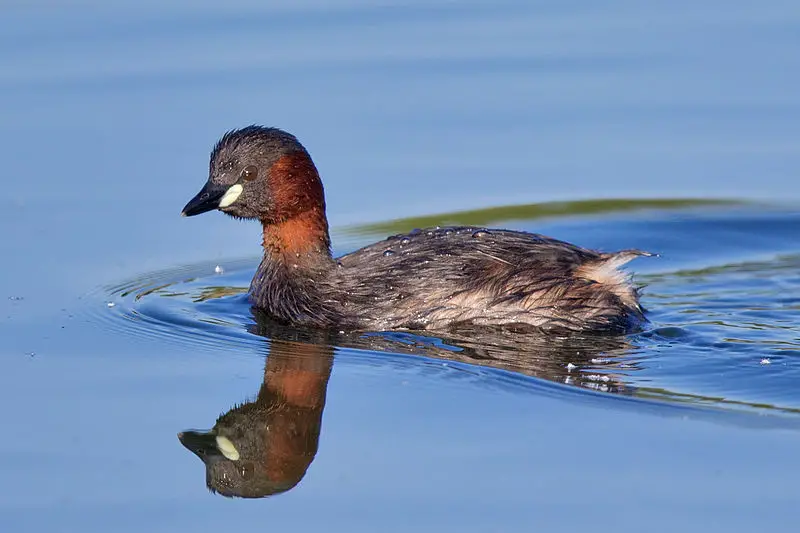
The little grebe, also known as dabchick, belongs to the grebe family and is a small water bird. It gets its genus name from the Ancient Greek words for ‘fast’ and ‘to sink under’.
The specific name ruficollis means ‘red-necked’ in Latin. With a length of 23 to 29 centimetres, it is the smallest member of the grebe family.Scientific classification:
| Kingdom | Animalia |
| Phylum | Chordata |
| Class | Aves |
| Order | Podicipediformes |
| Family | Podicipedidae |
| Genus | Tachybaptus |
| Species | T. ruficollis |
Also Featured In: Italian Birds You Should Know, Common Uzbekistan Birds
48. Regulidae
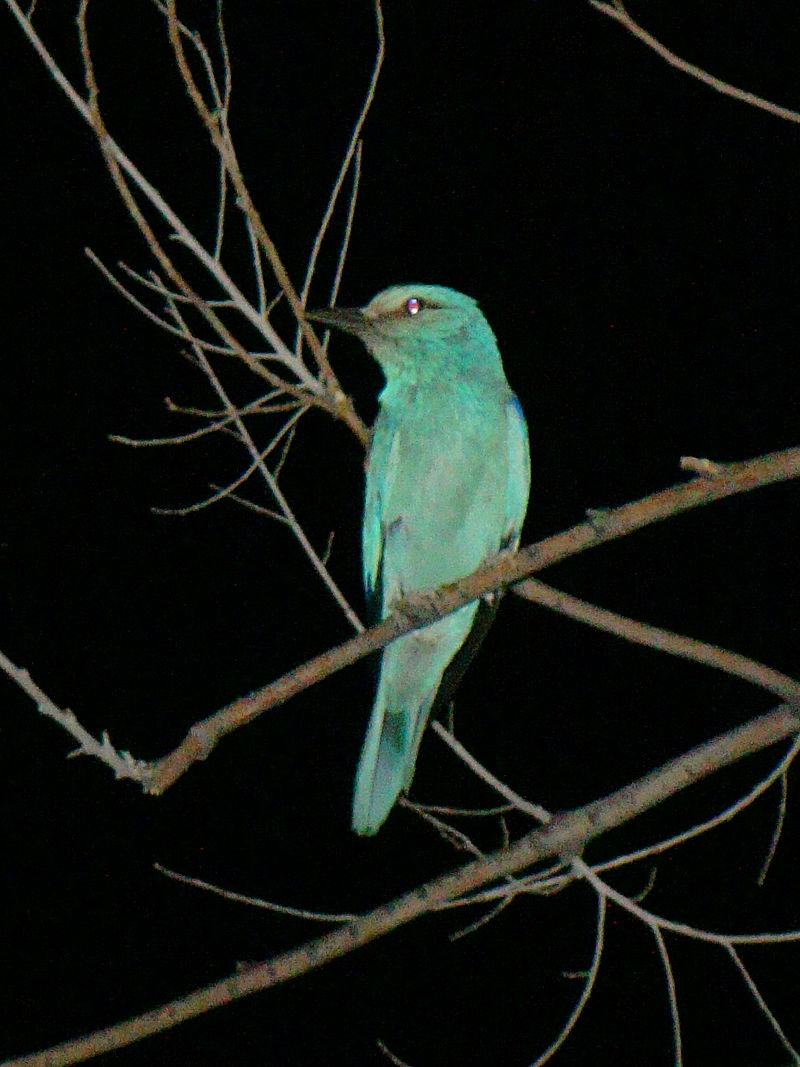
The Regulidae bird family, also known as the kinglets, is a small group of birds found in the Northern Hemisphere.
These birds are known for their insect-like behavior, flitting around quickly and unpredictably as they forage for their tiny insect prey.
They are some of the smallest birds in the world, with some species weighing as little as 5 grams.
The most common species in North America is the golden-crowned kinglet, easily identified by its bright yellow and black head markings.
The Regulidae birds have high-pitched calls and songs that are often difficult to hear.
They also have a distinctive habit of hiding their nests in coniferous tree branches, making them difficult to spot.
Despite their small size, these birds are important predators of insects and play a critical role in maintaining the balance of their ecosystems.
49. Red-Necked Grebe
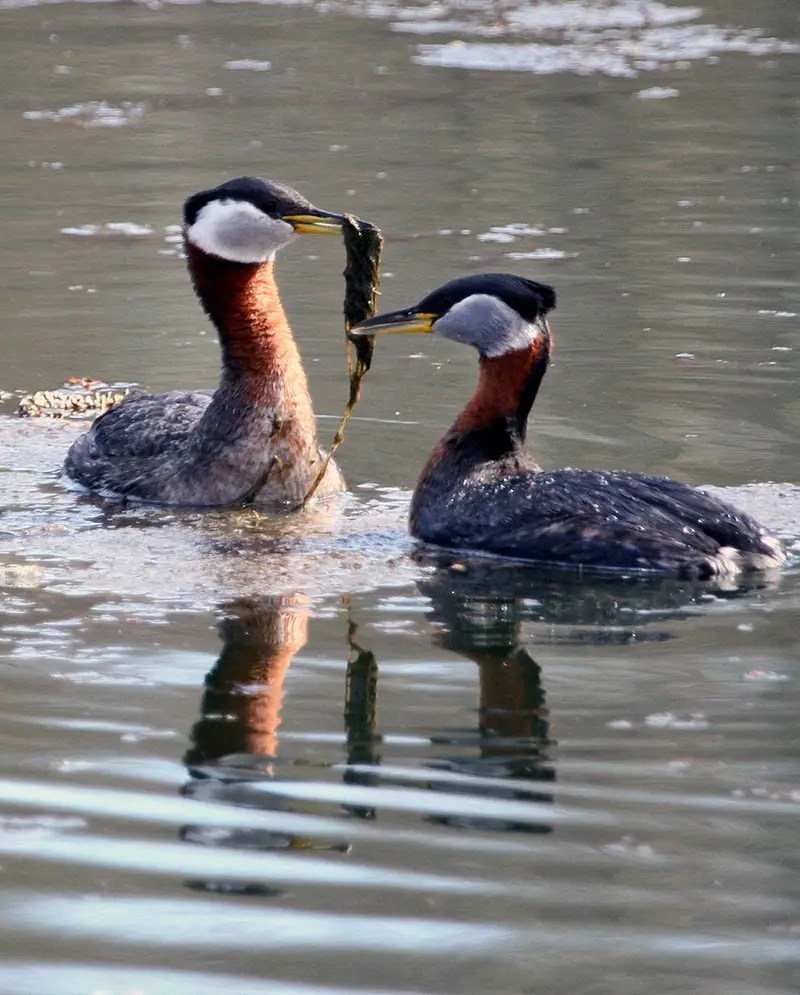
Red-necked grebe, also known as Podiceps grisegena, is a migratory aquatic bird that can be found in the temperate regions of the northern hemisphere.
During the winter, they prefer calm waters beyond the waves near ocean coasts or large lakes.
In terms of breeding, these birds breed in shallow bodies of fresh water like lakes, marshes, or fish-ponds.
They are not dependent on specific habitats but seem to prefer areas that provide them with enough food supplies.
These birds are known for their unique red neck and prefer to swim underwater when threatened.
Overall, the Red-necked Grebe is an interesting and unusual bird with distinct physical characteristics and behaviors.Scientific classification:
| Kingdom | Animalia |
| Phylum | Chordata |
| Class | Aves |
| Order | Podicipediformes |
| Family | Podicipedidae |
| Genus | Podiceps |
| Species | P. grisegena |
Also Featured In: Common Estonian Birds, Common Central Park Birds
50. Dark-Sided Flycatcher
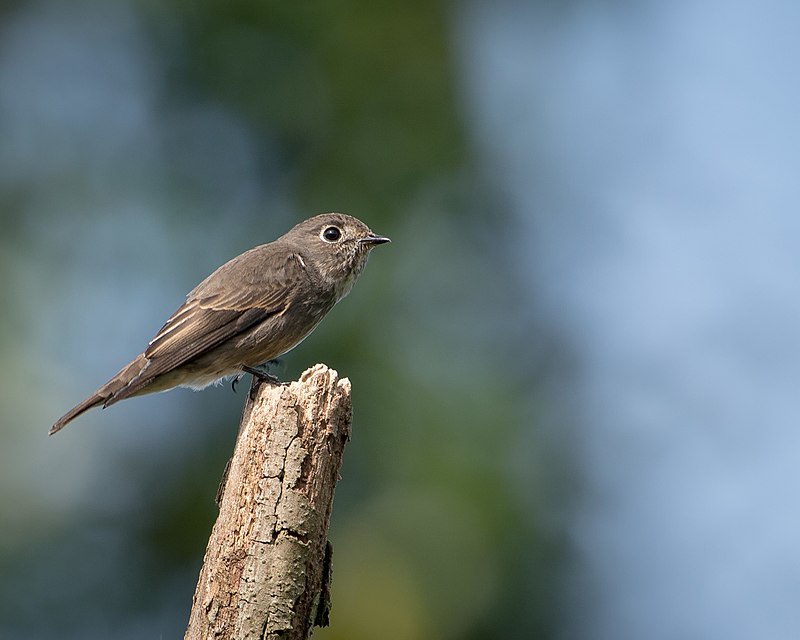
The Dark-sided flycatcher, also known as the Siberian flycatcher or sooty flycatcher, is a small bird found in the East Palearctic.
It belongs to the Muscicapidae family and is a migratory bird, with northern birds flying south for the winter.
This passerine bird has a wide breeding distribution, but little is known about its behavior and habits.
The name “dark-sided” hints at its appearance, as it has a dark plumage that can make it difficult to spot in its natural habitat.
The bird is also sometimes called a sooty flycatcher, which can cause confusion with another species called the same name.
Overall, the dark-sided flycatcher remains mysterious and elusive, yet adds to the diversity and beauty of avian life in the East Palearctic.Scientific classification:
| Kingdom | Animalia |
| Phylum | Chordata |
| Class | Aves |
| Order | Passeriformes |
| Family | Muscicapidae |
| Genus | Muscicapa |
| Species | M. sibirica |